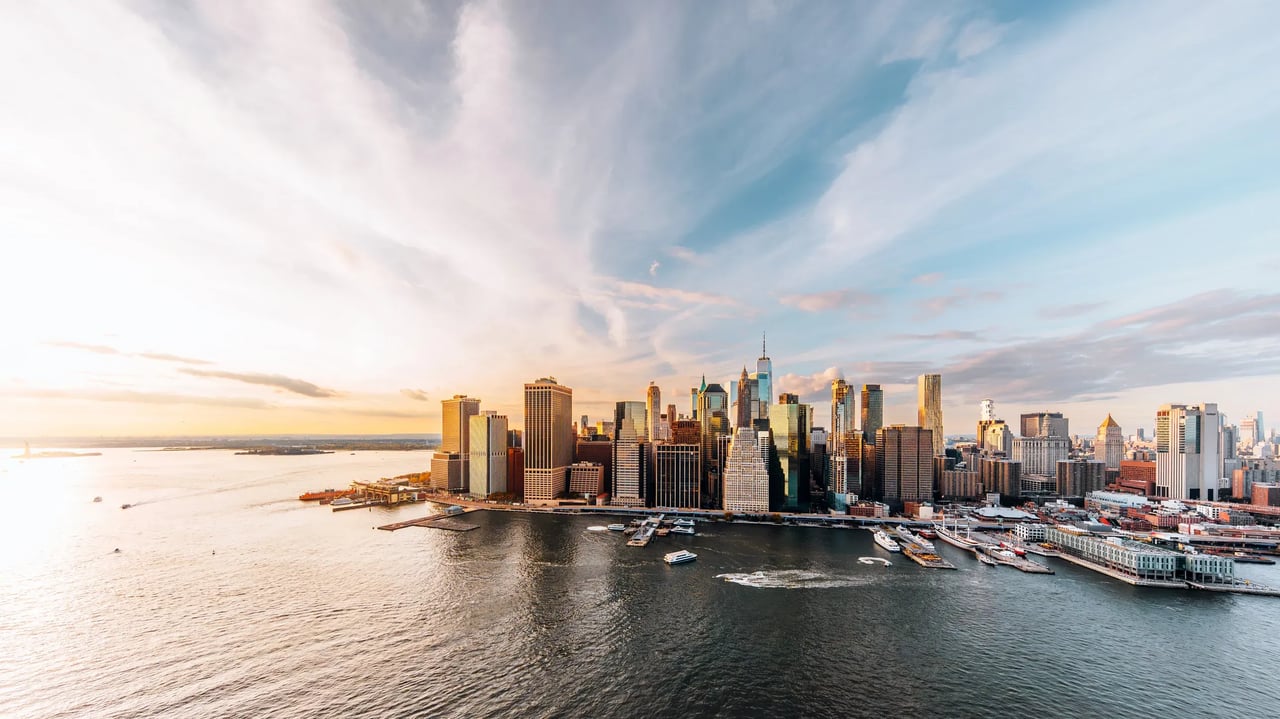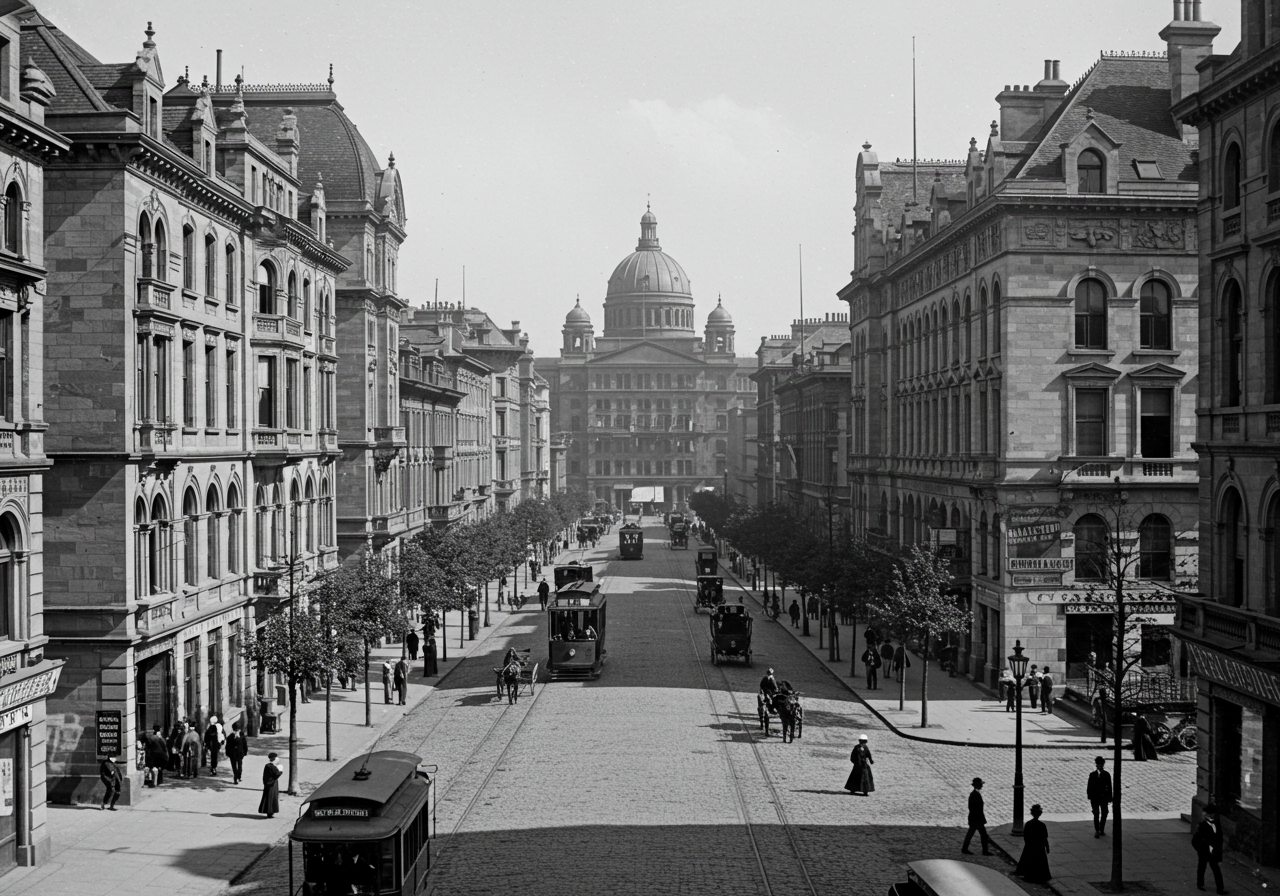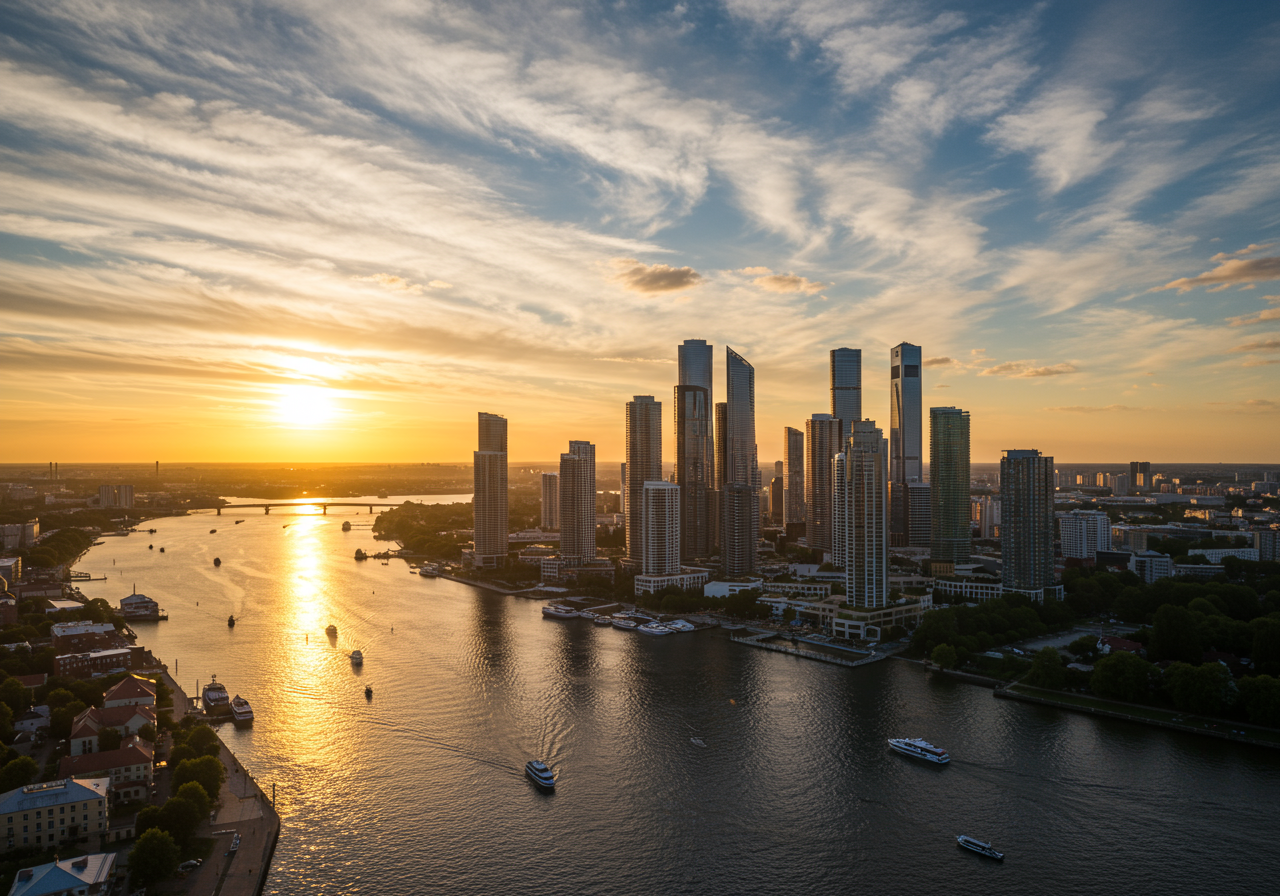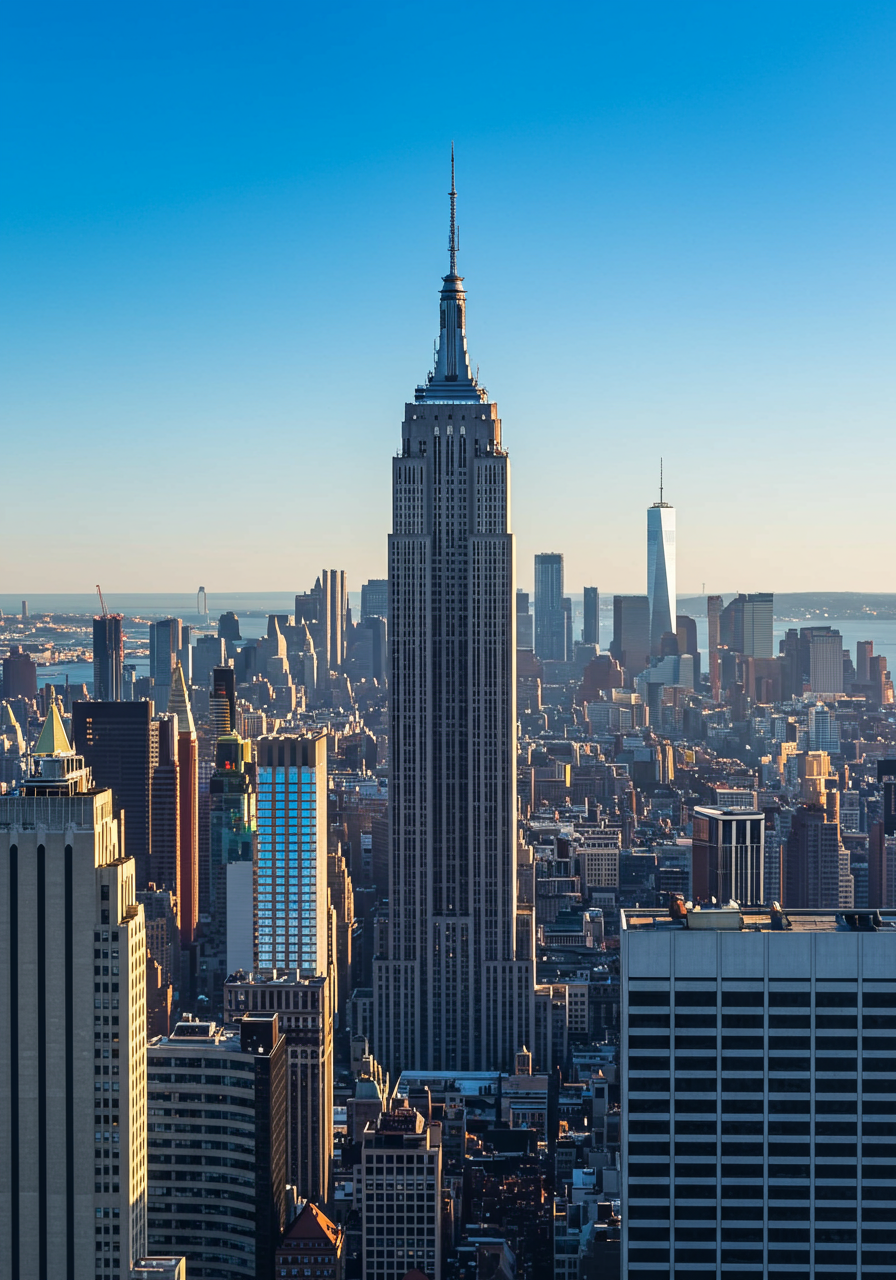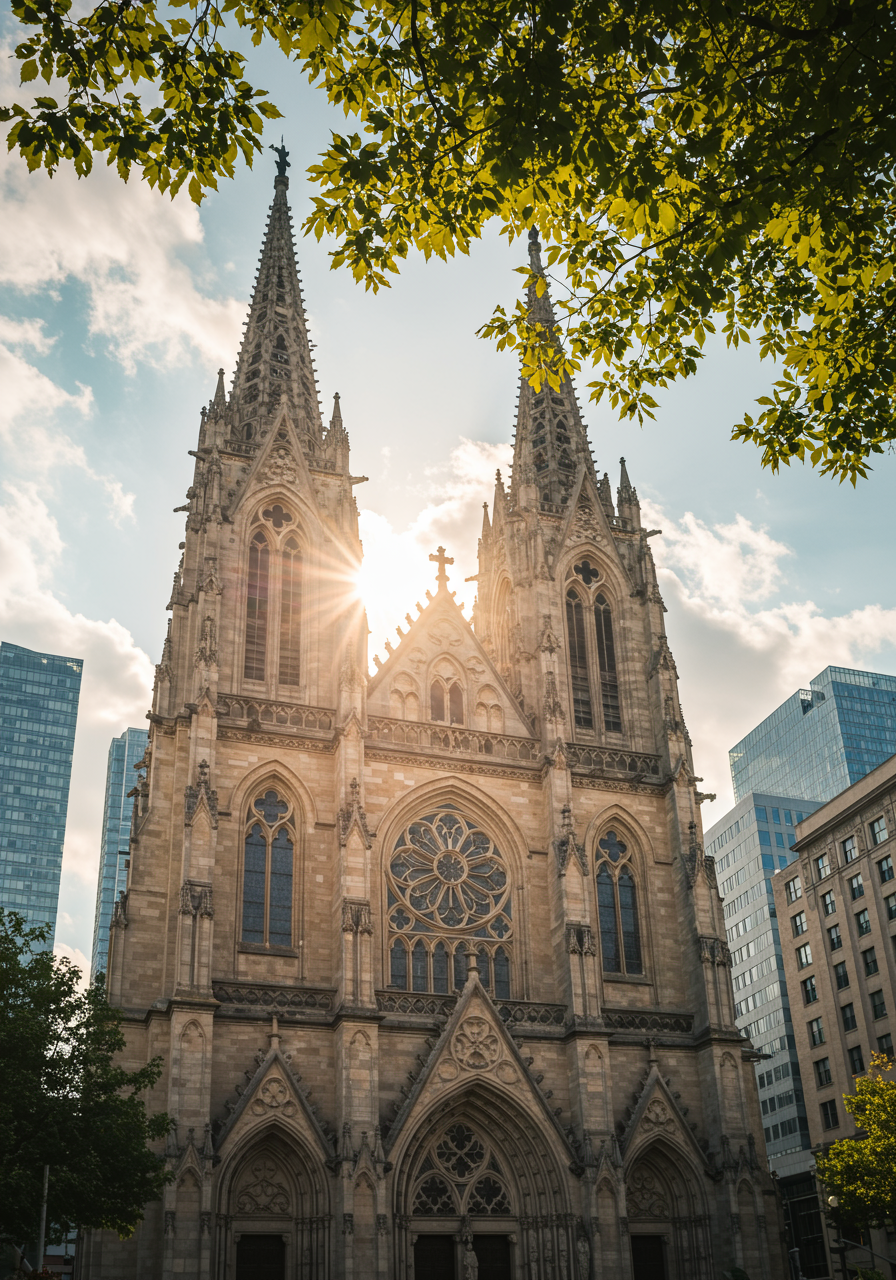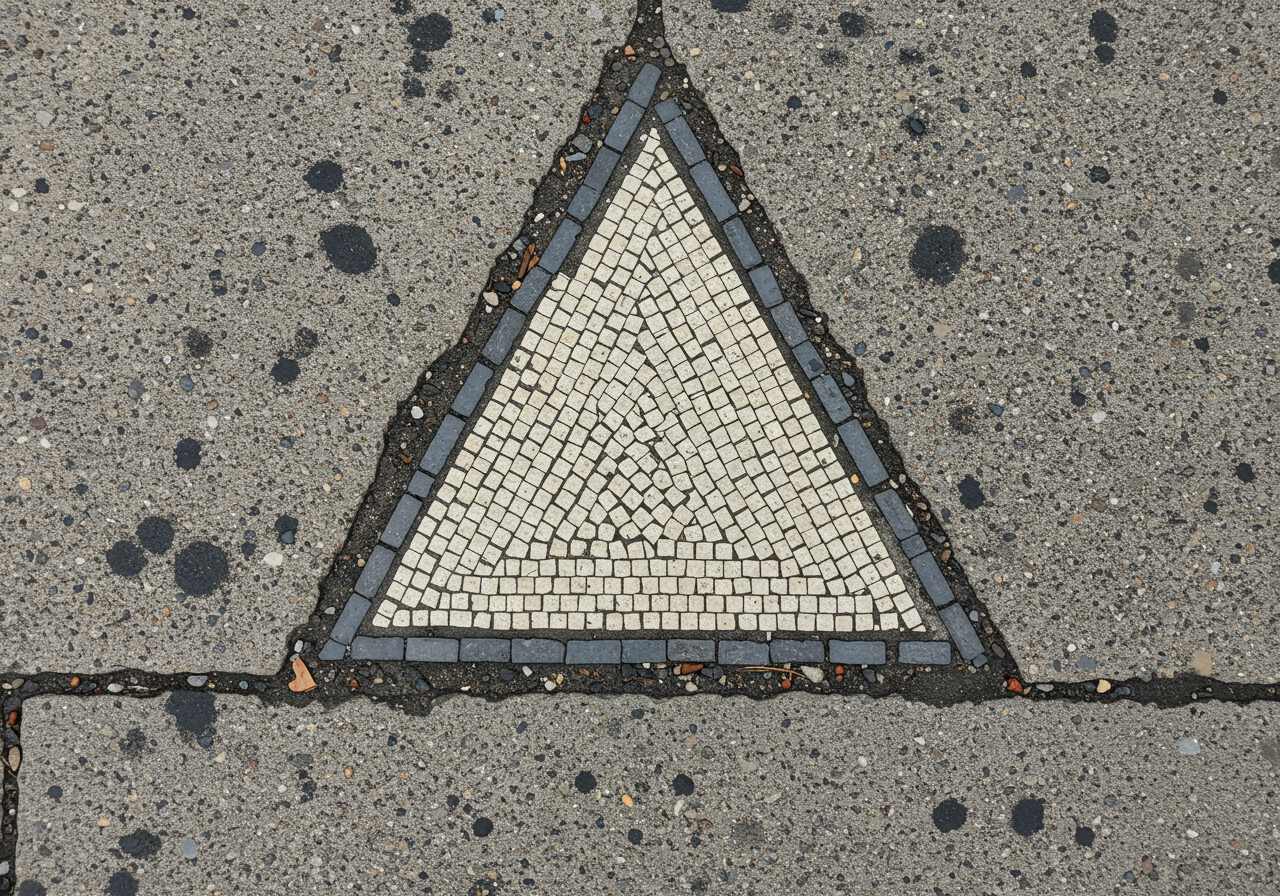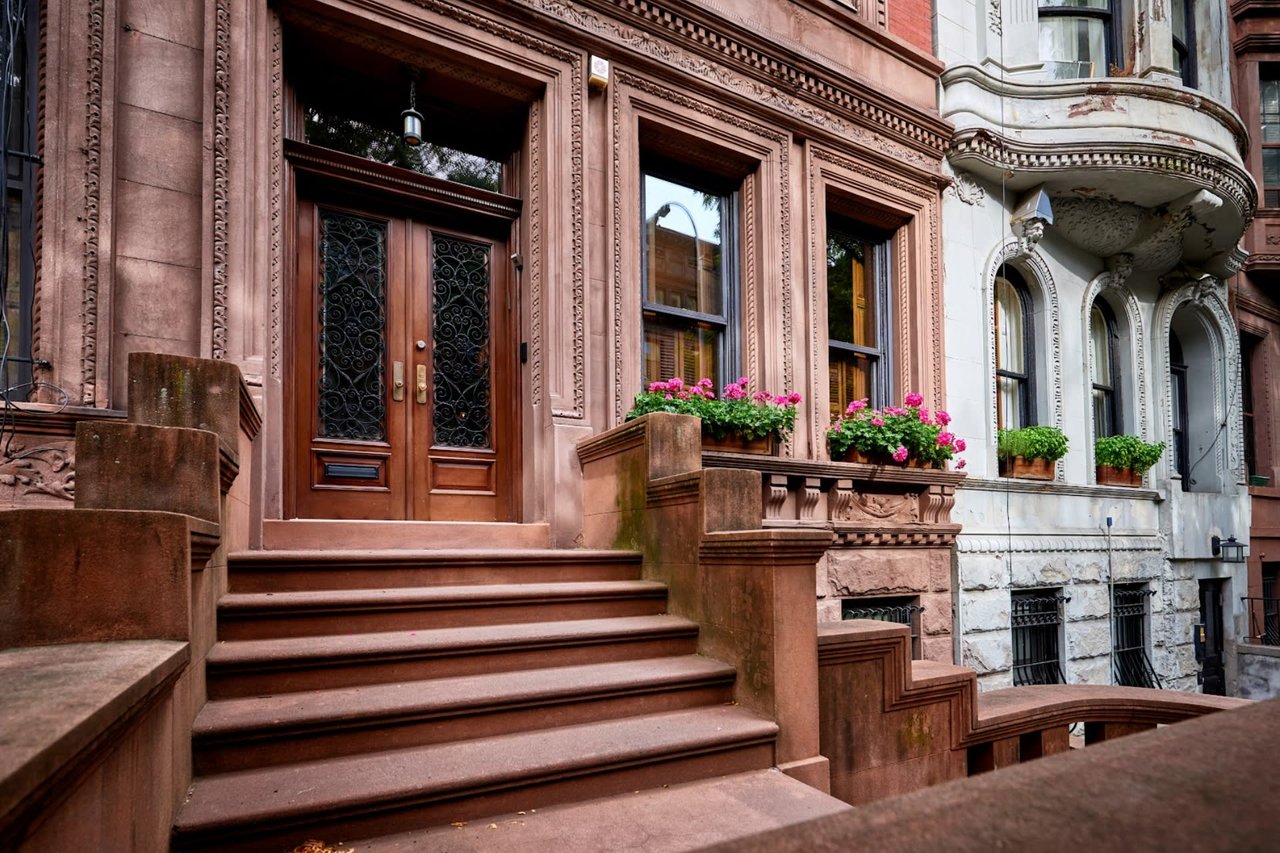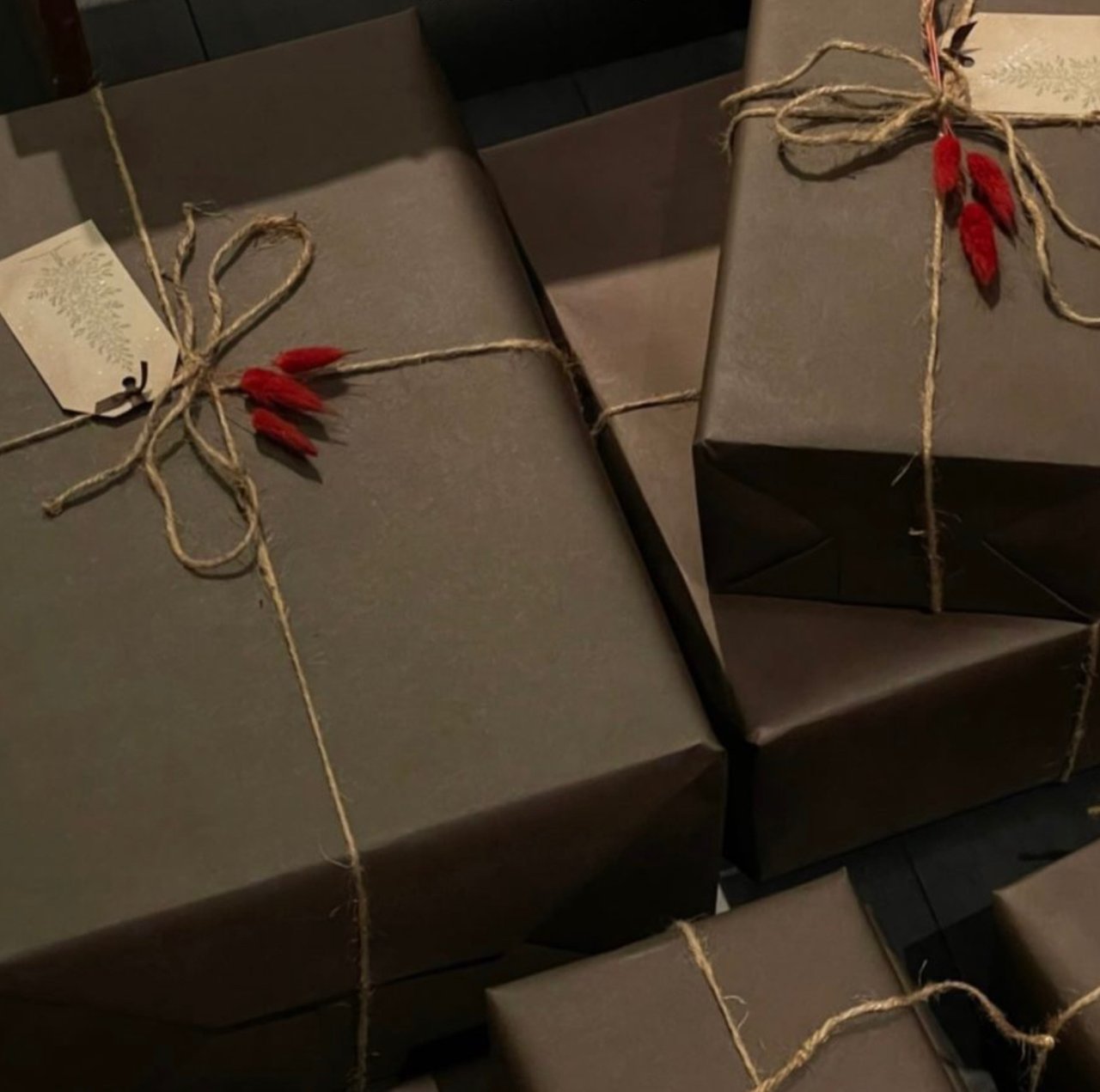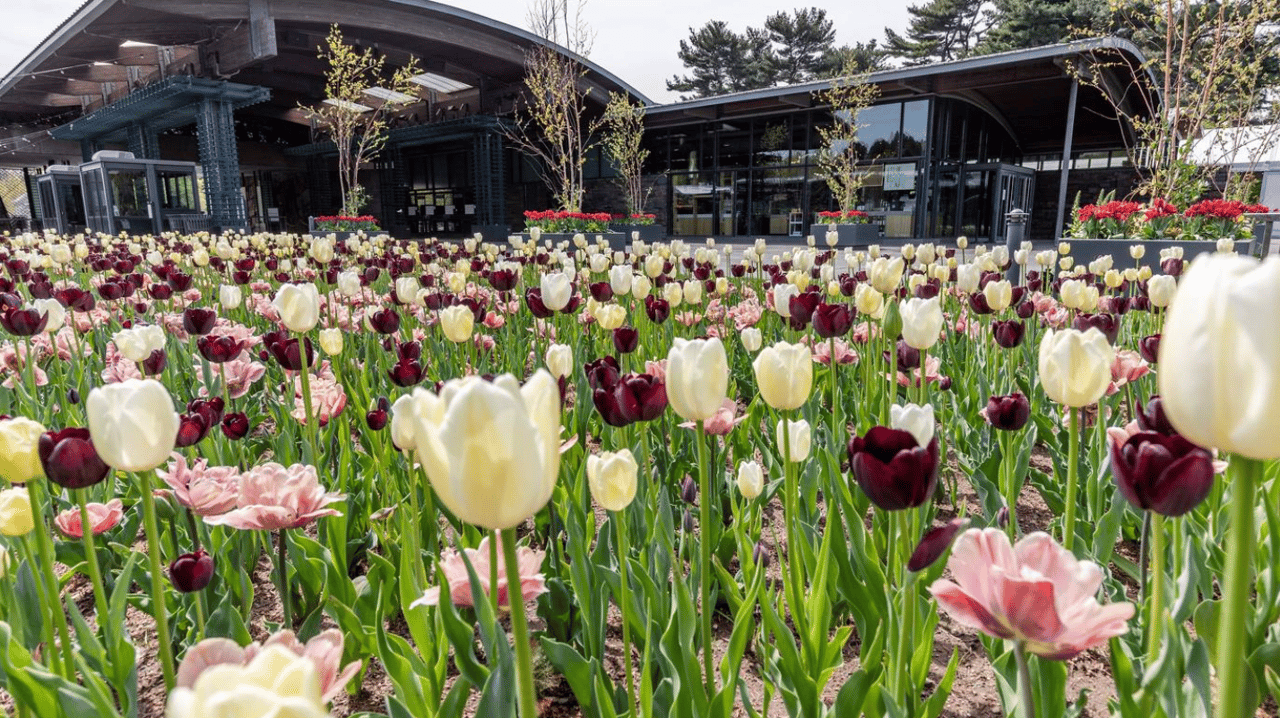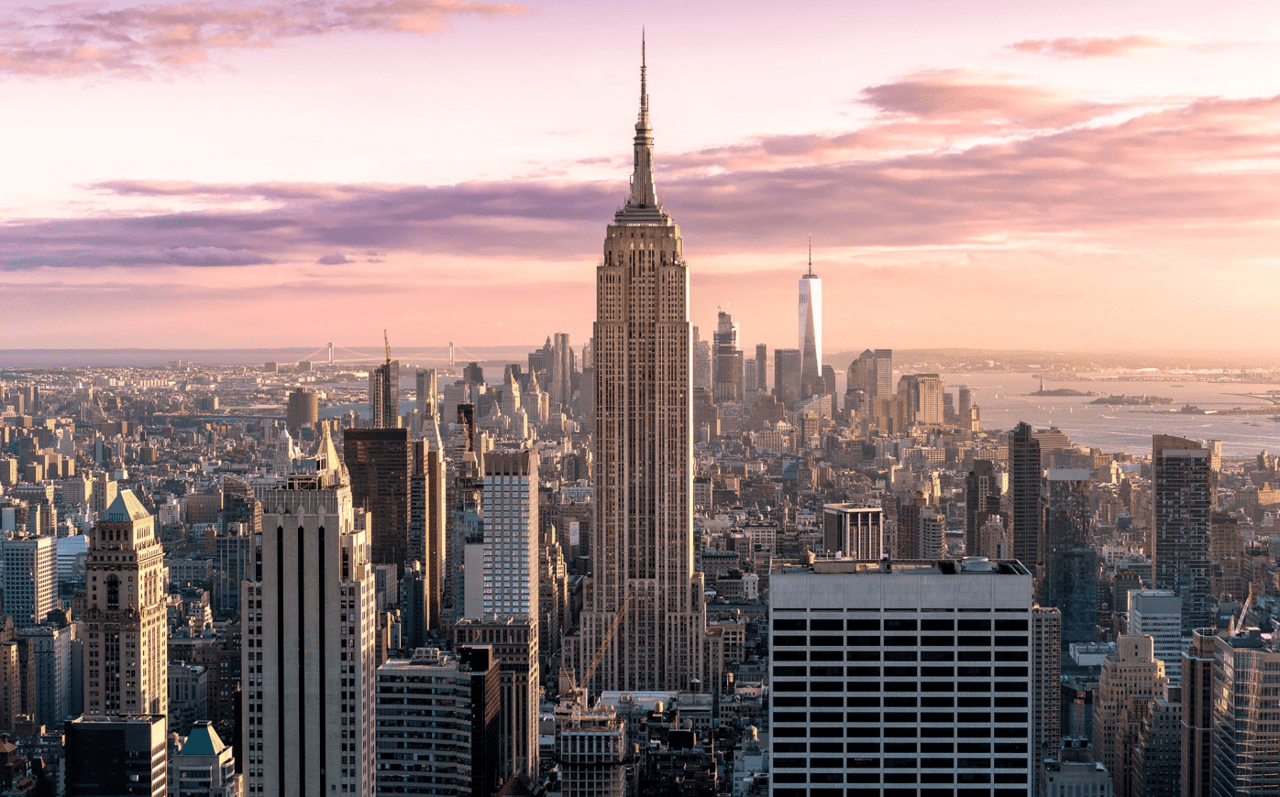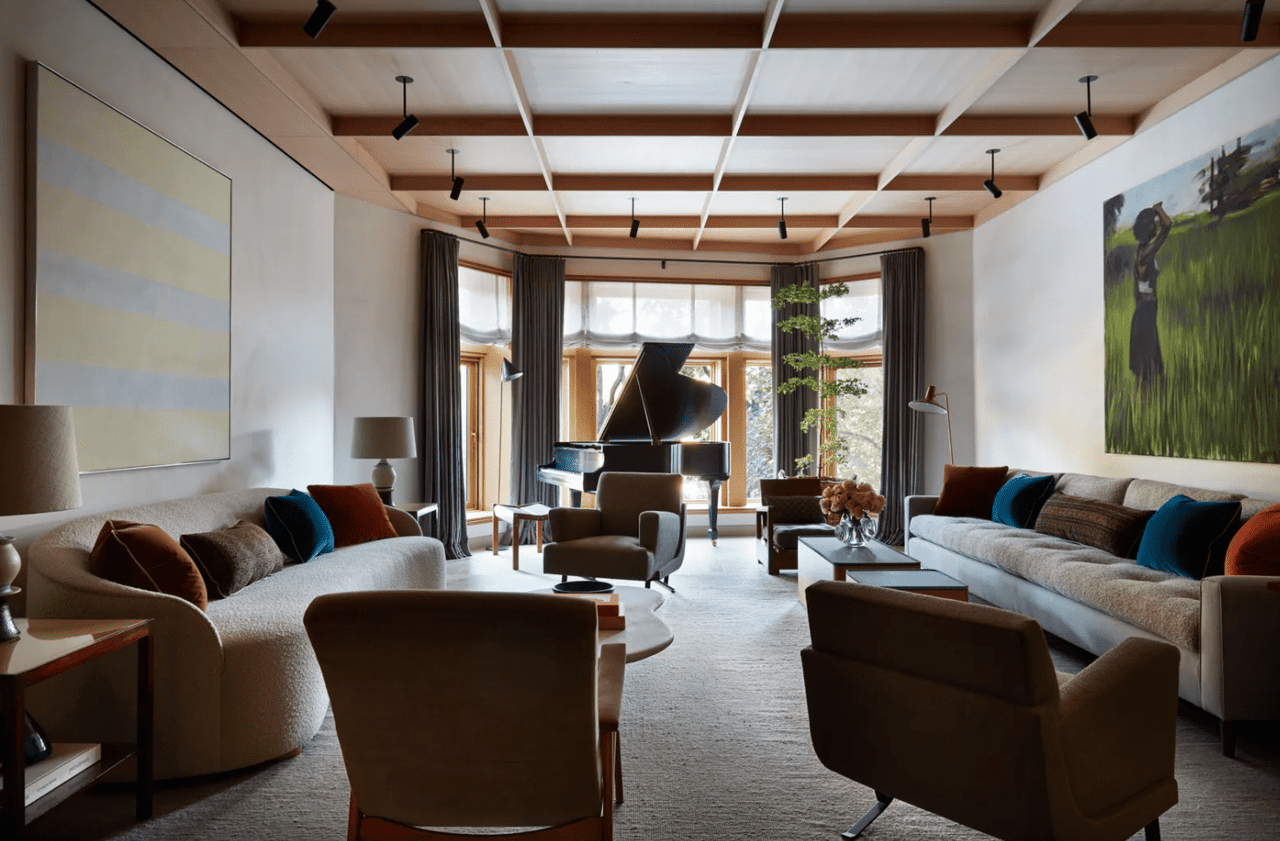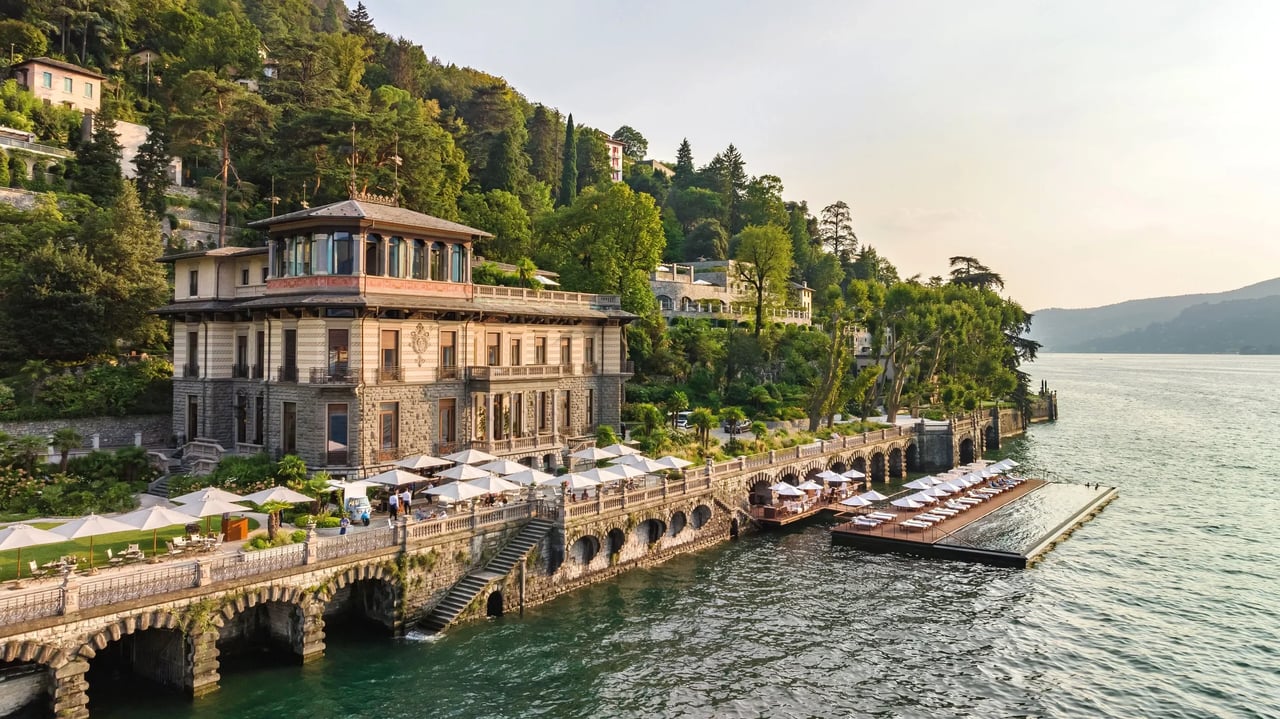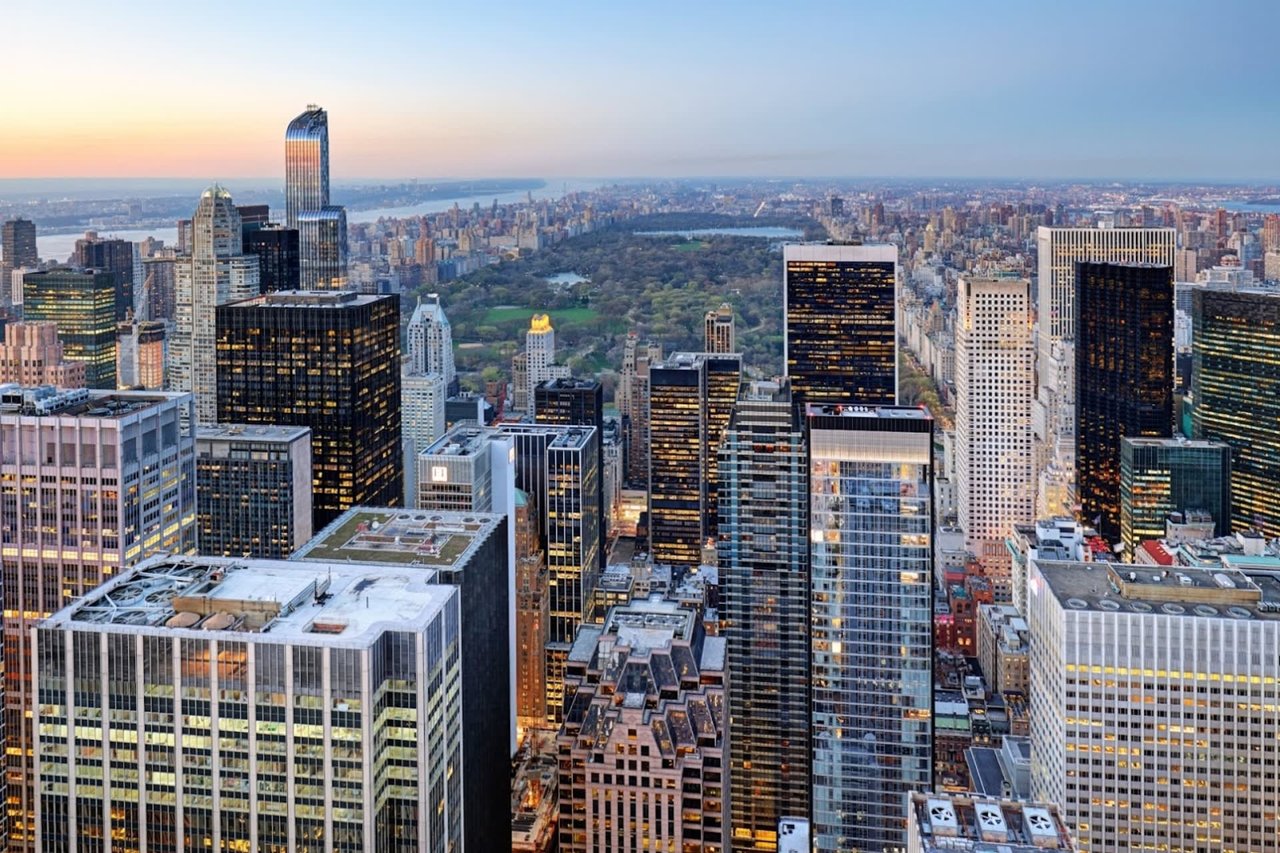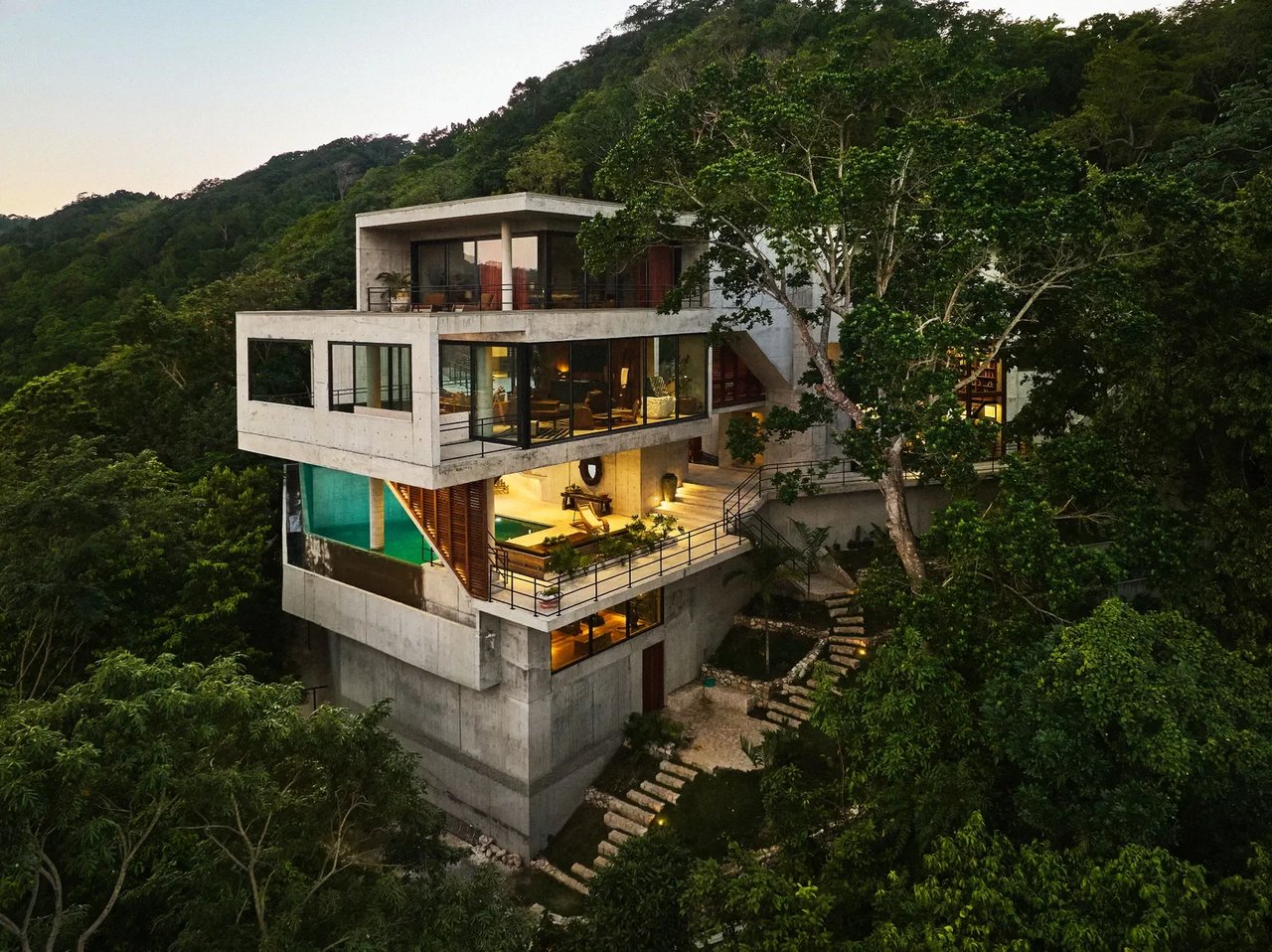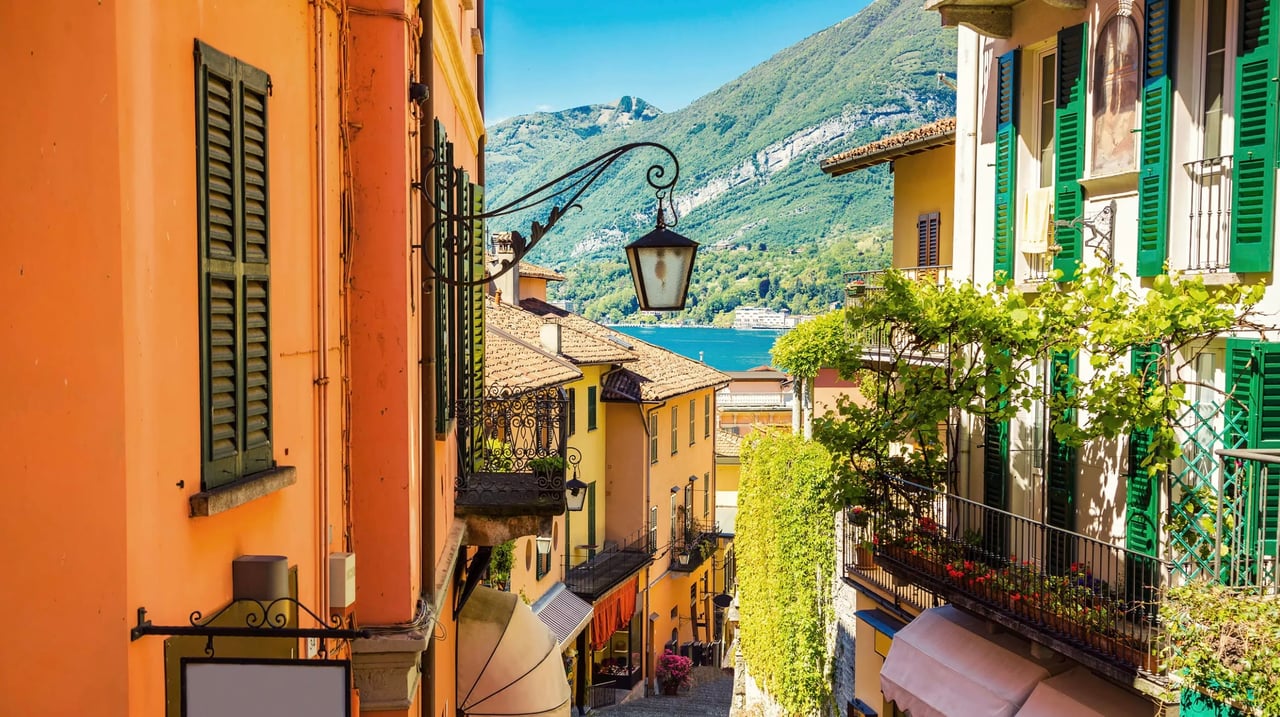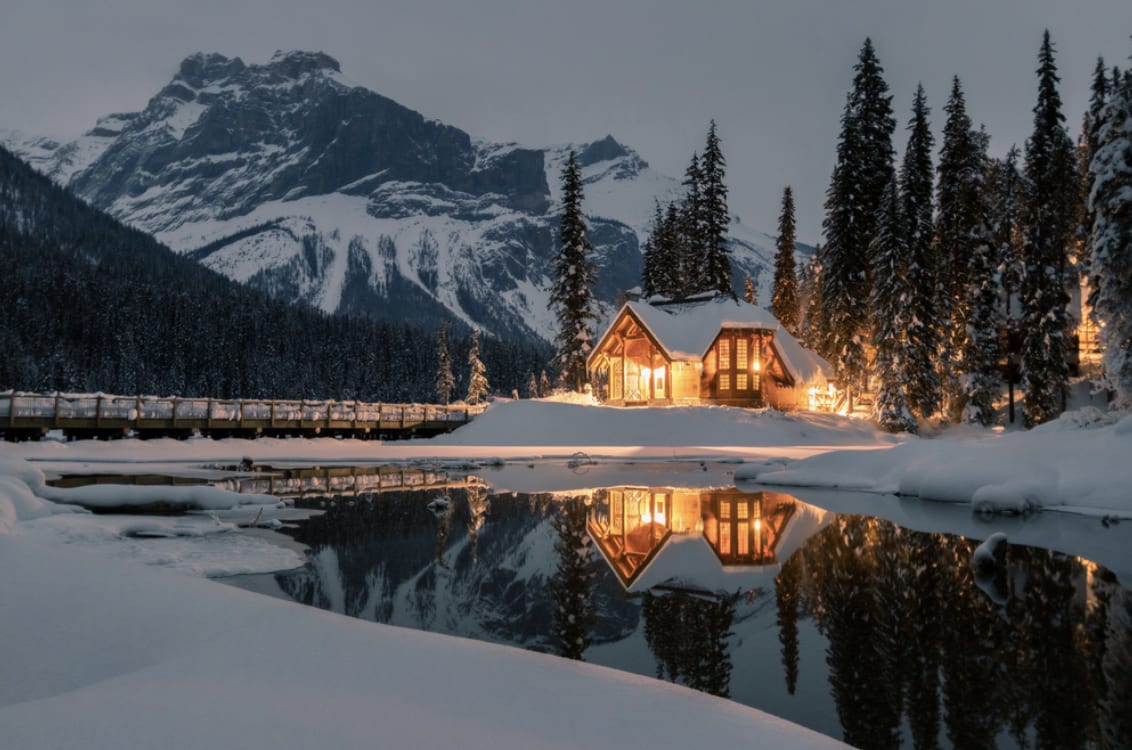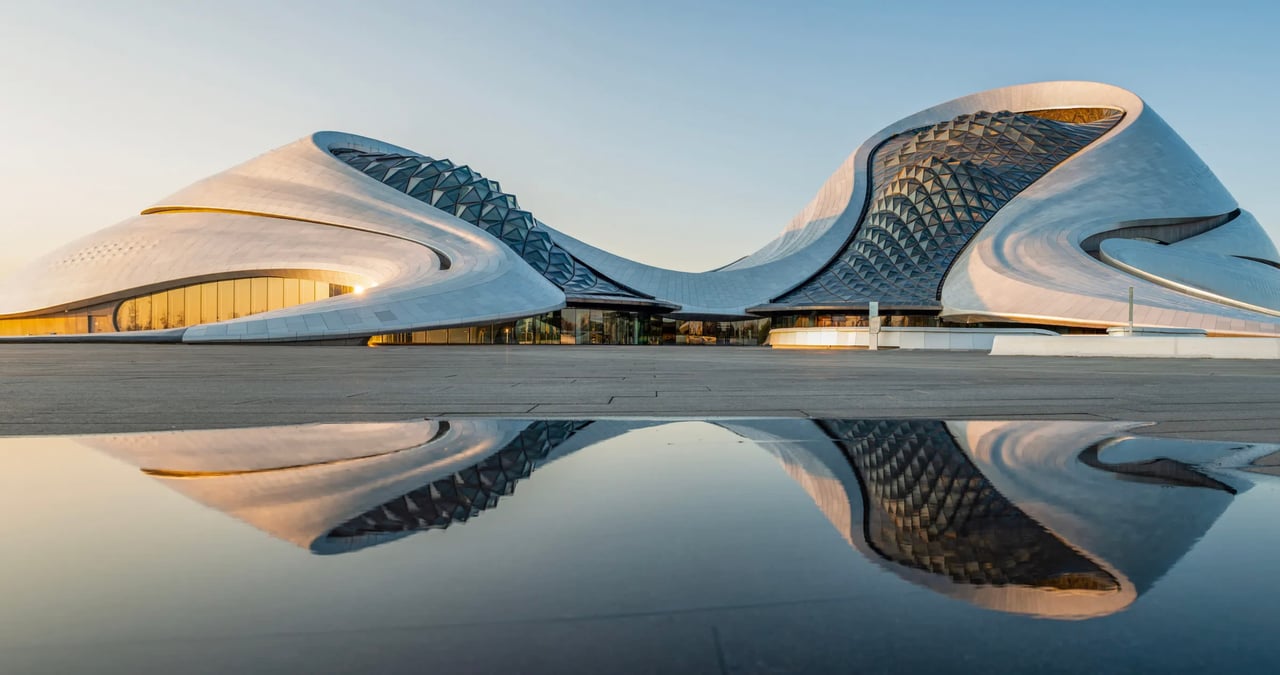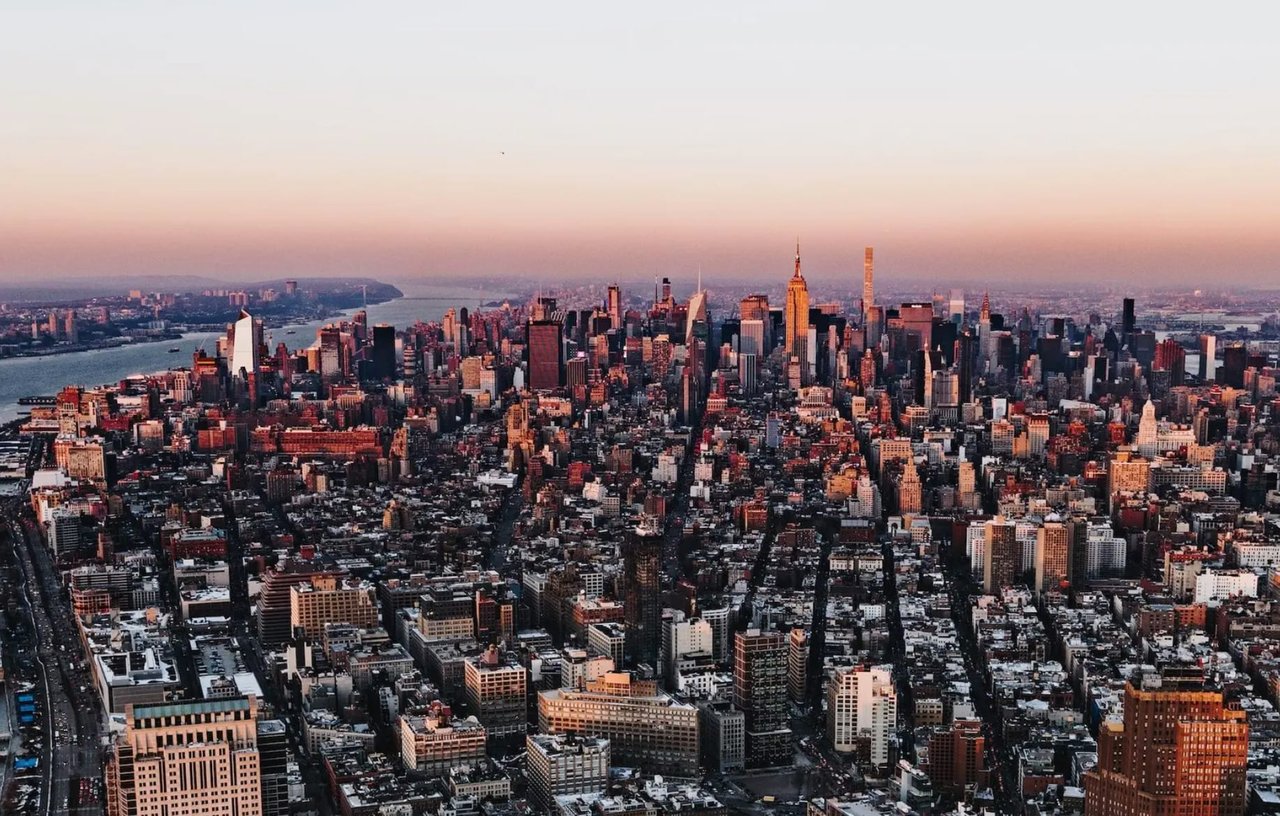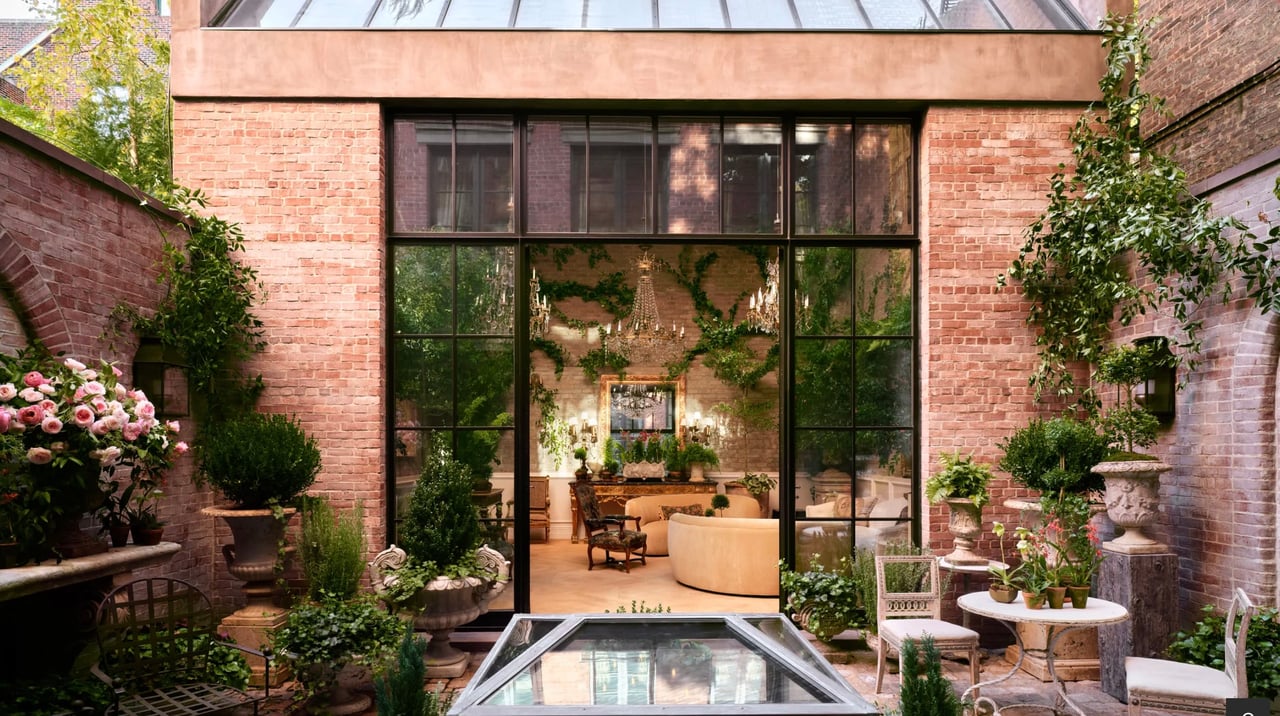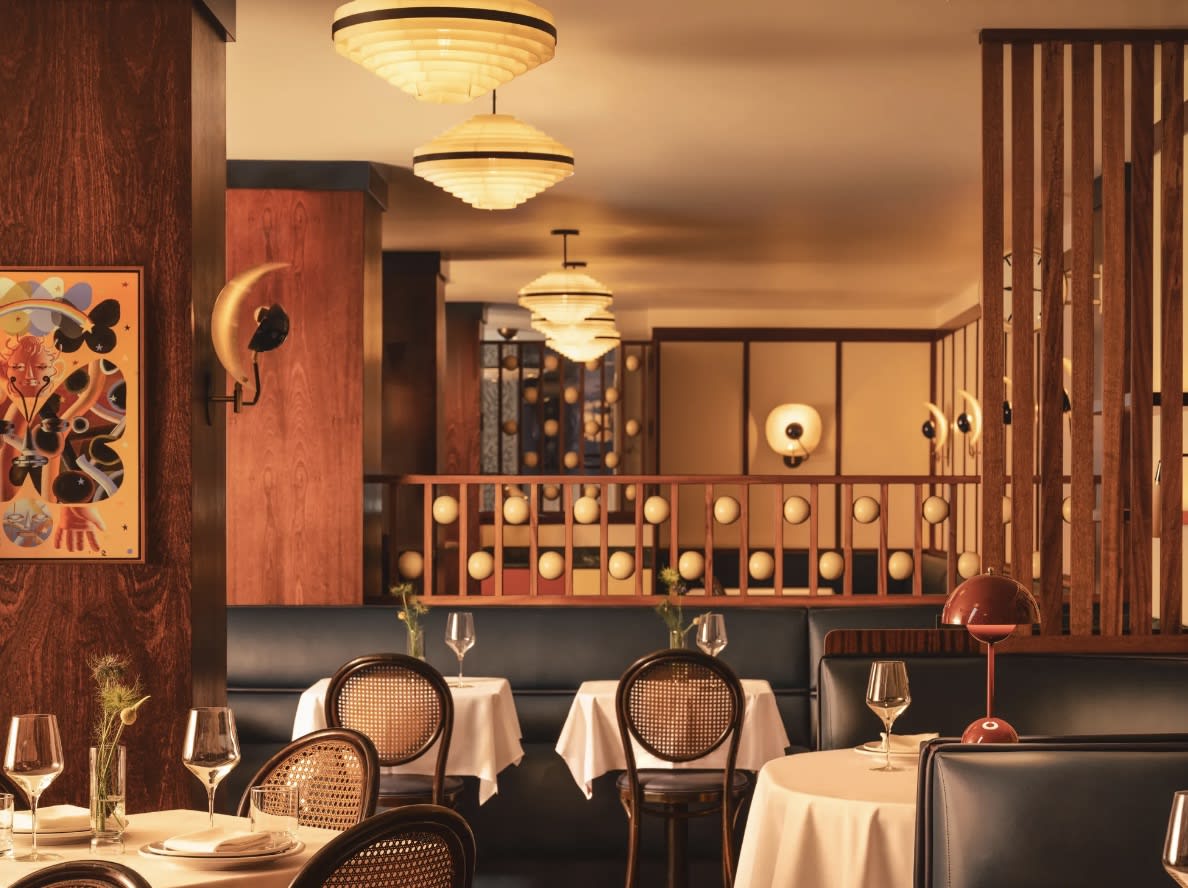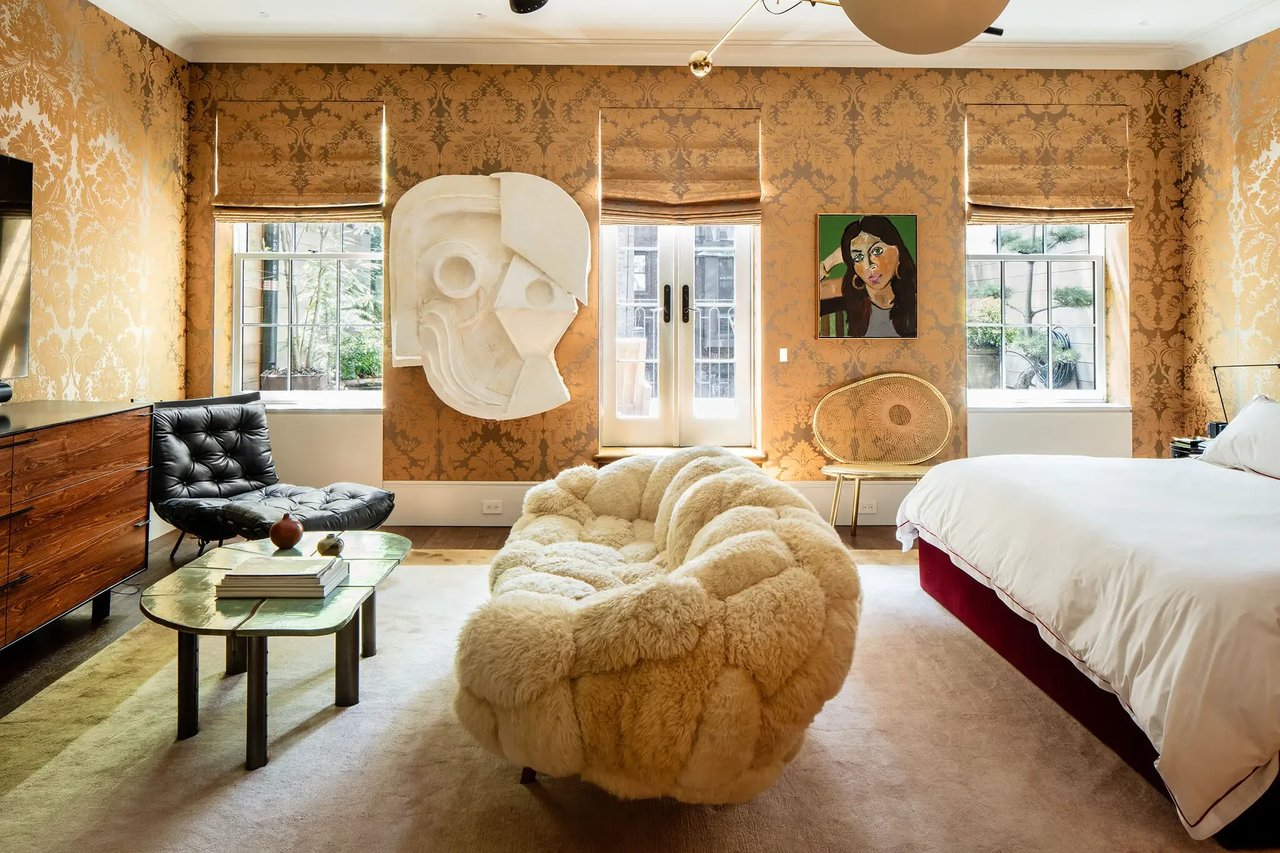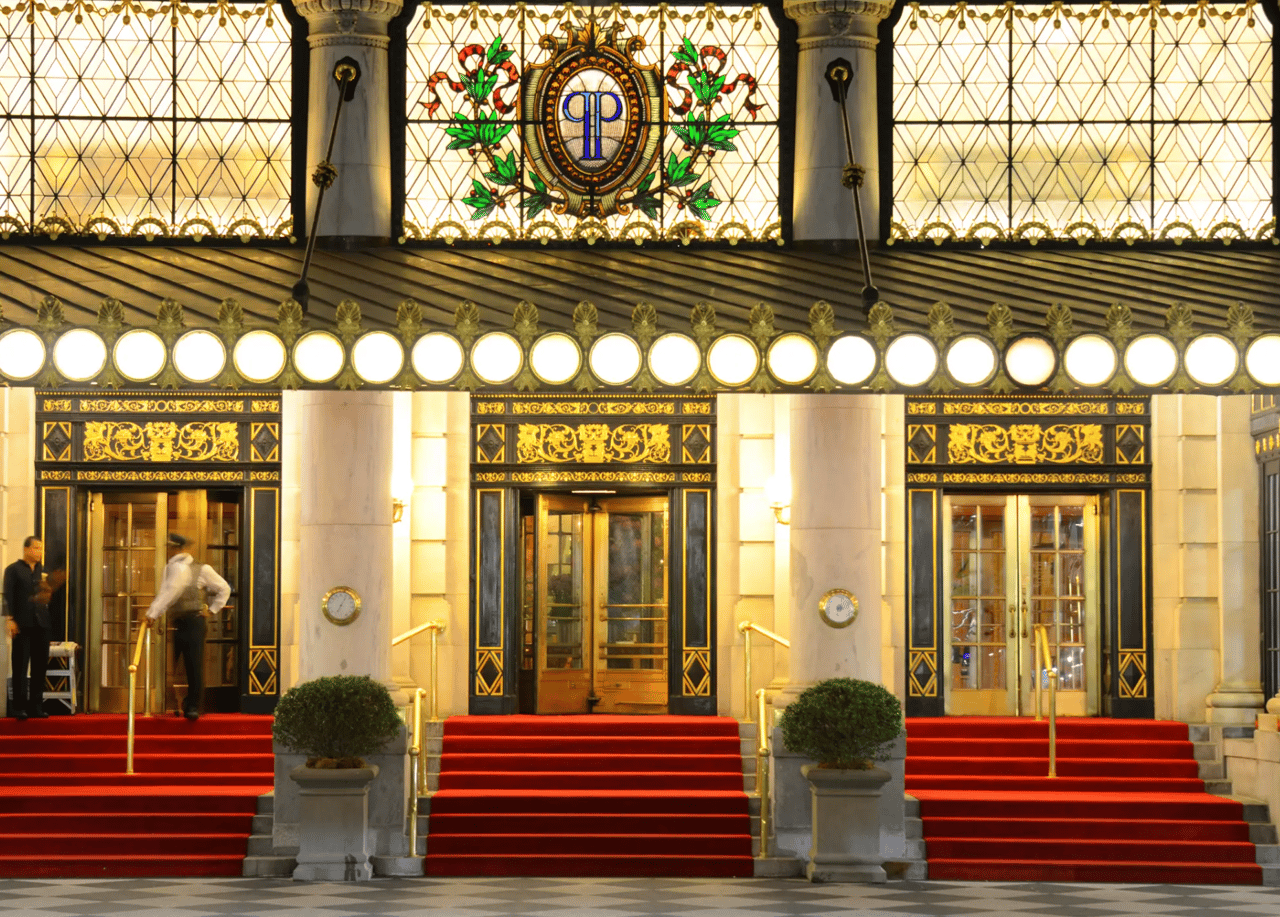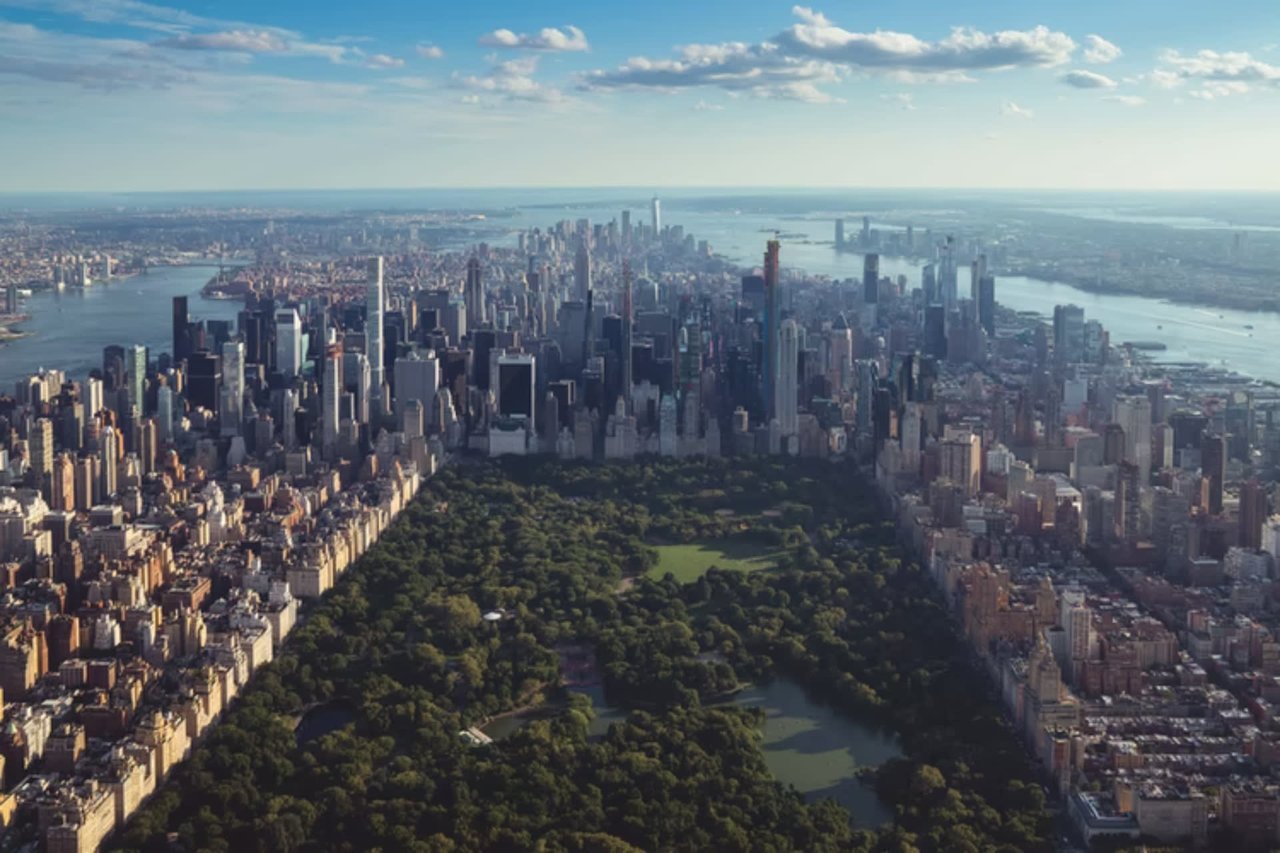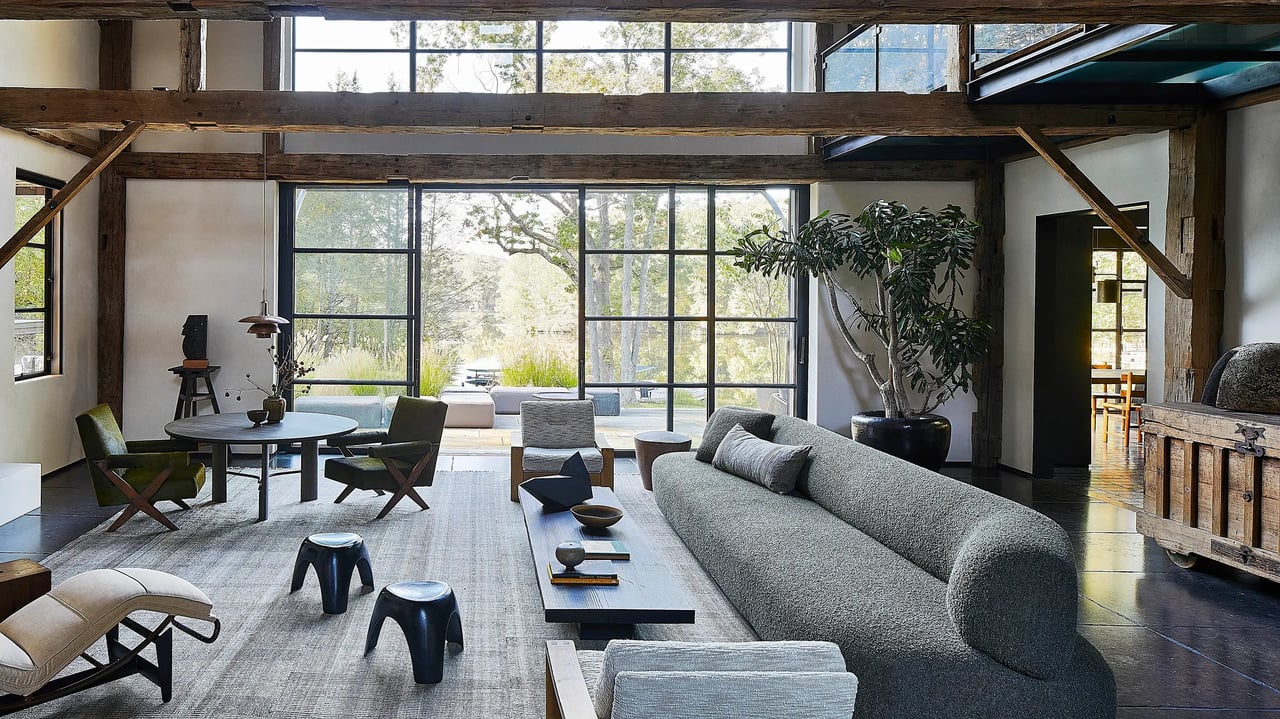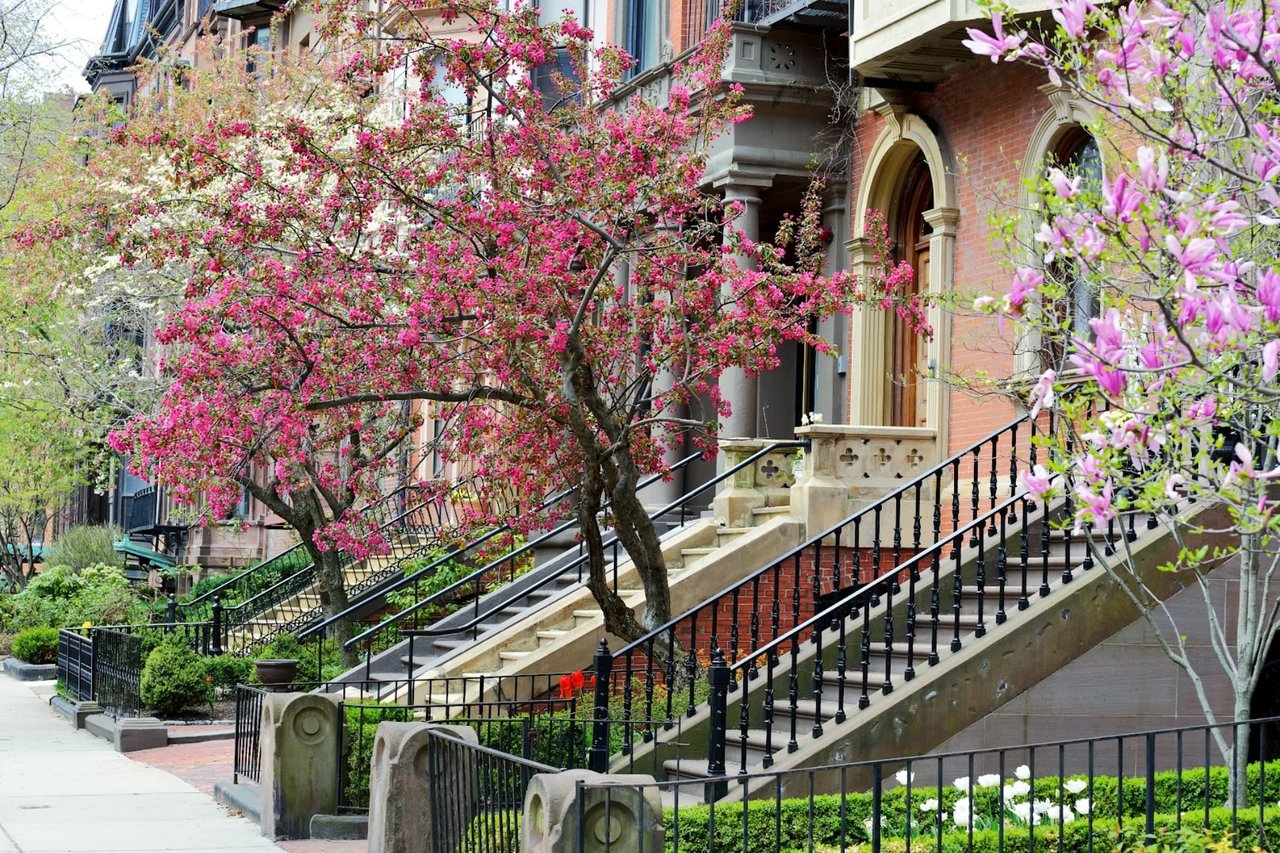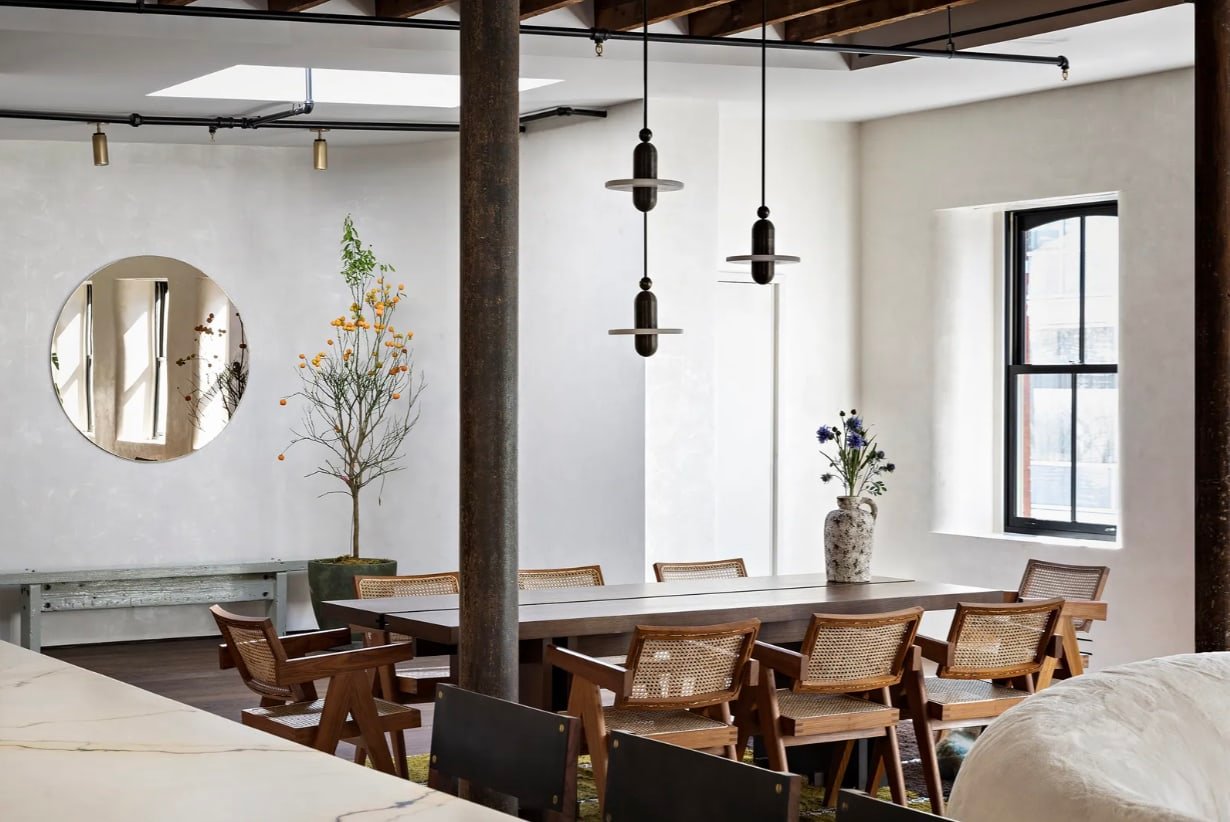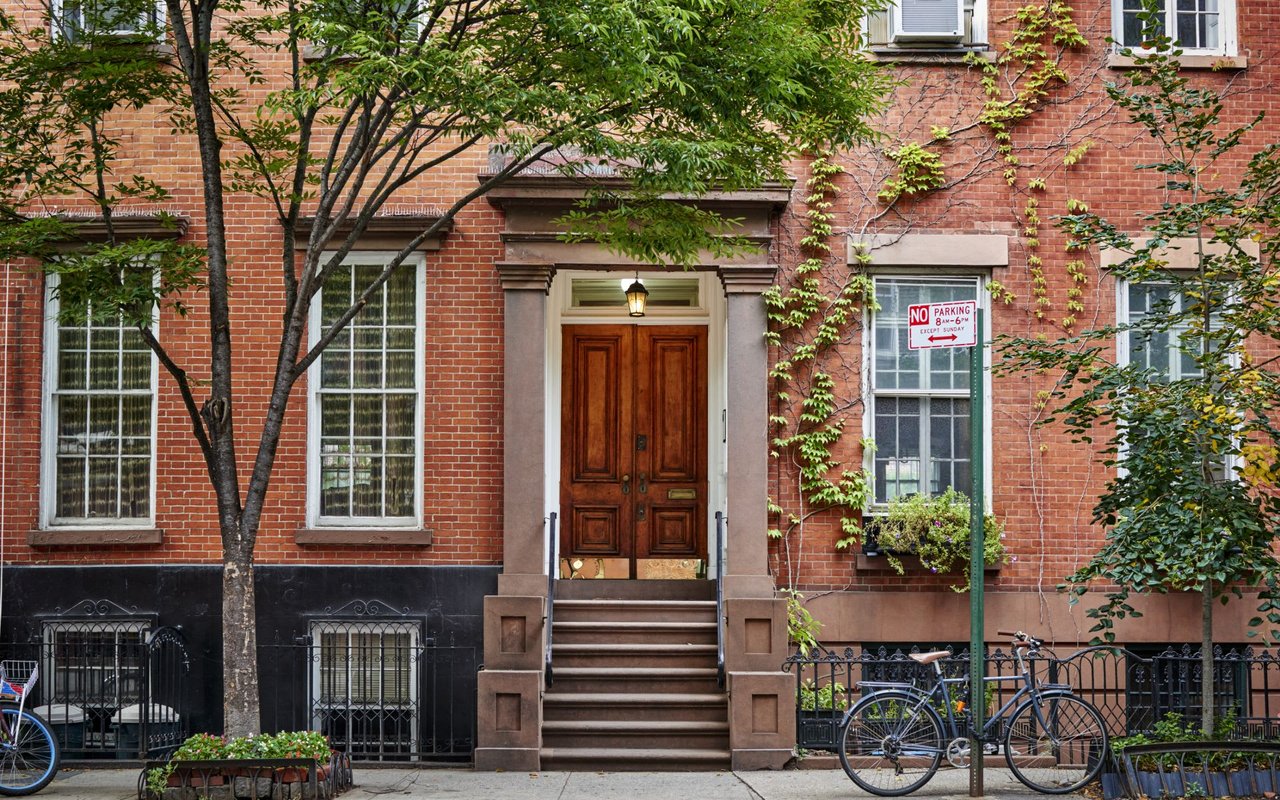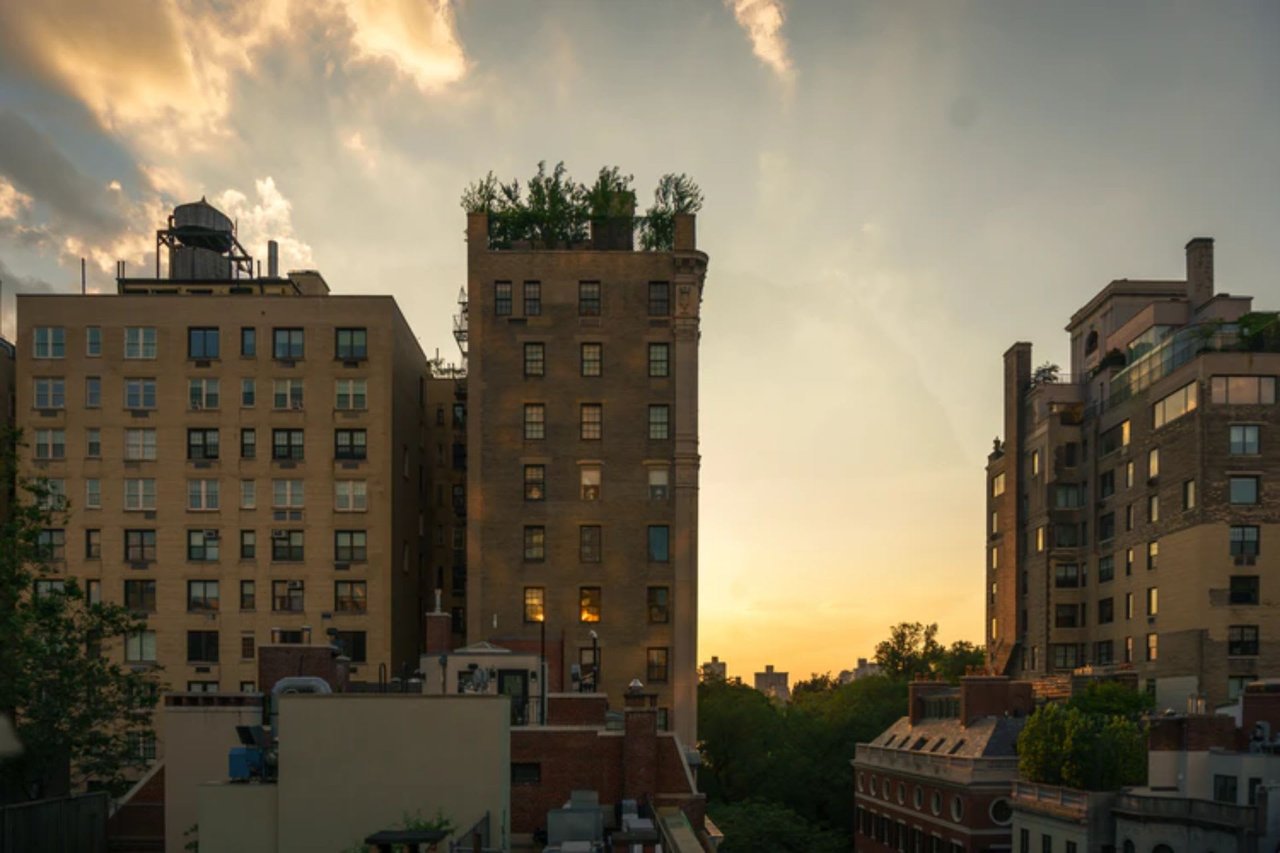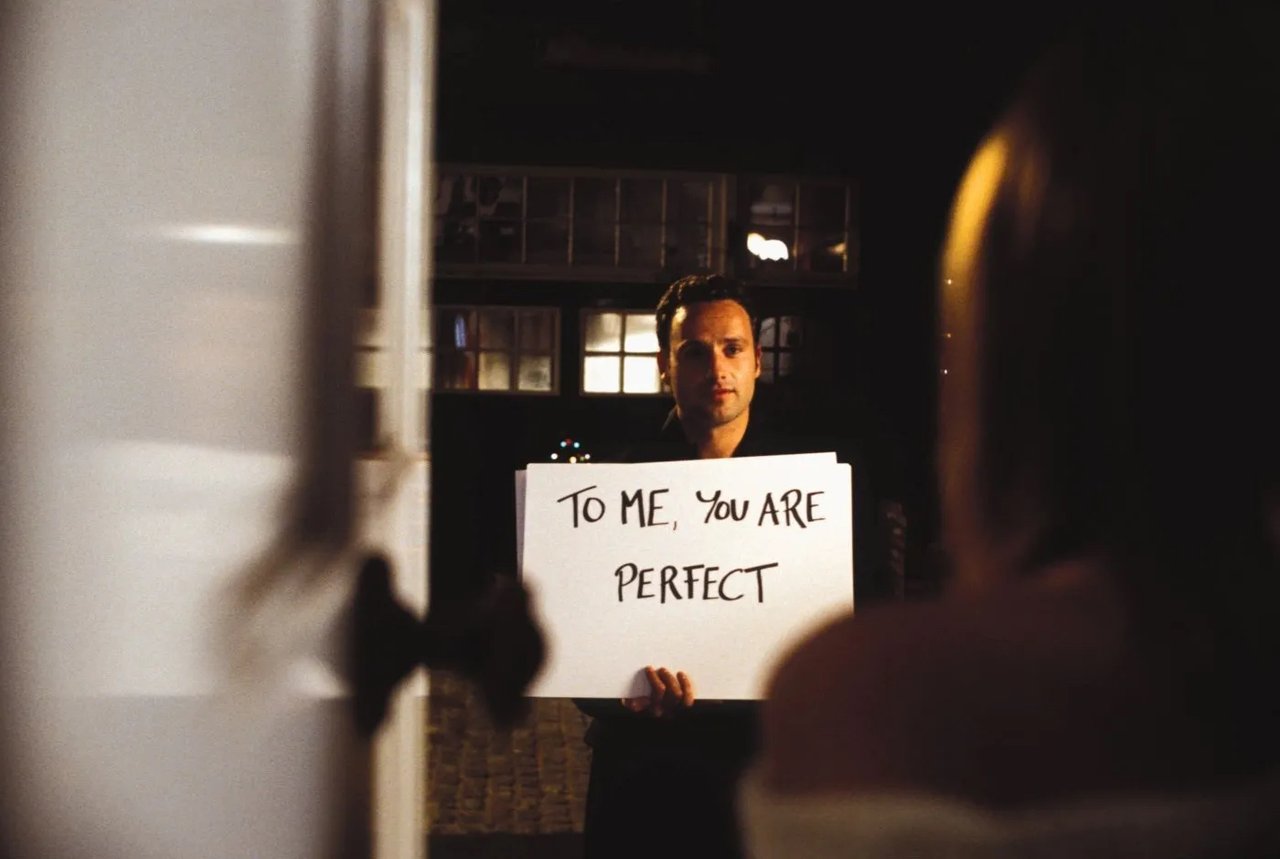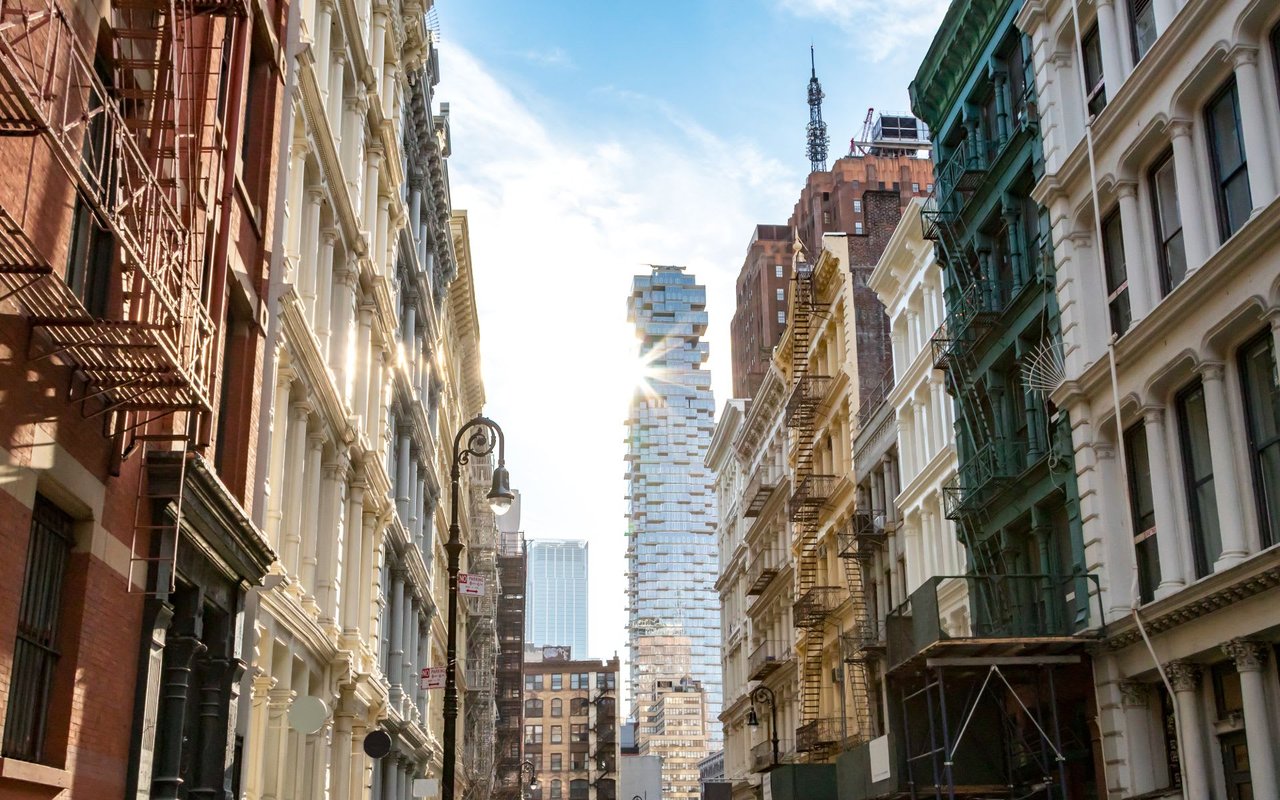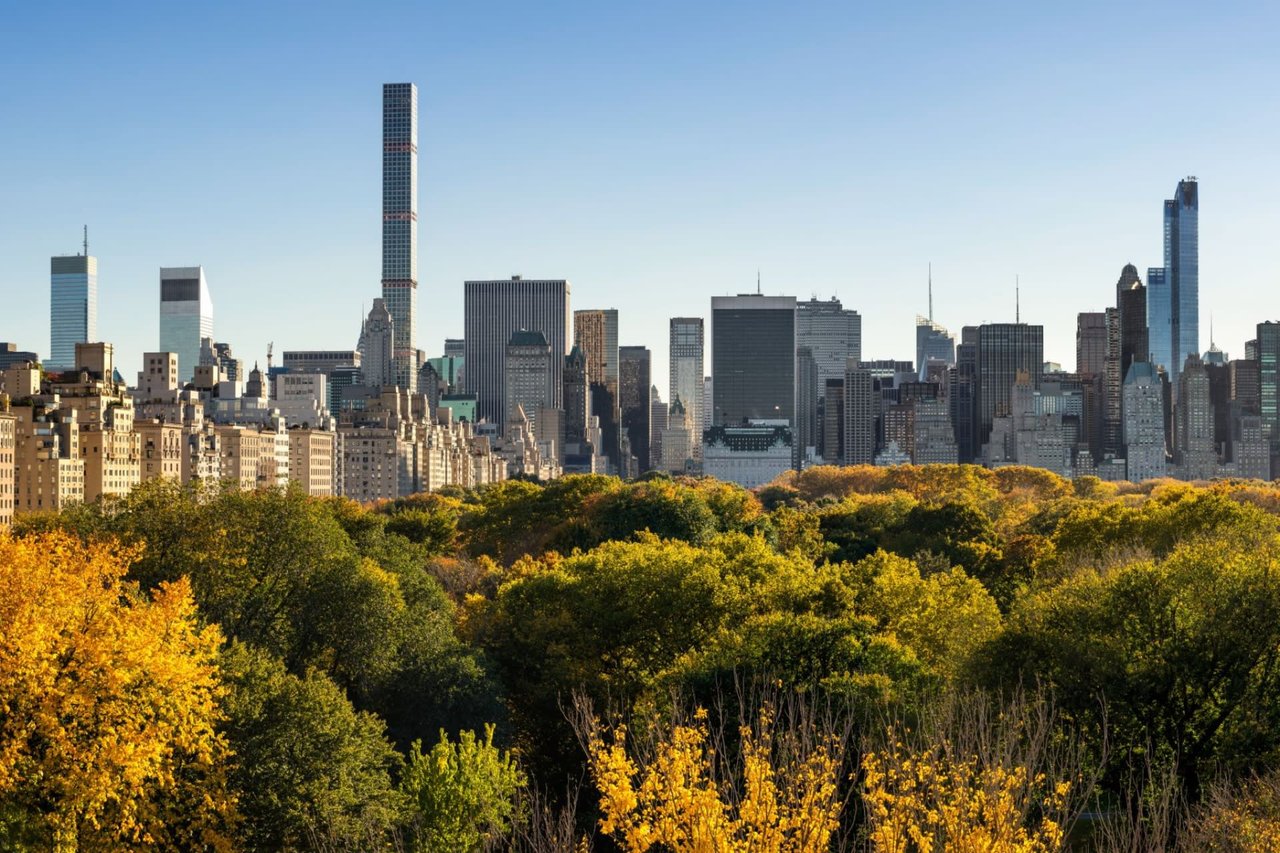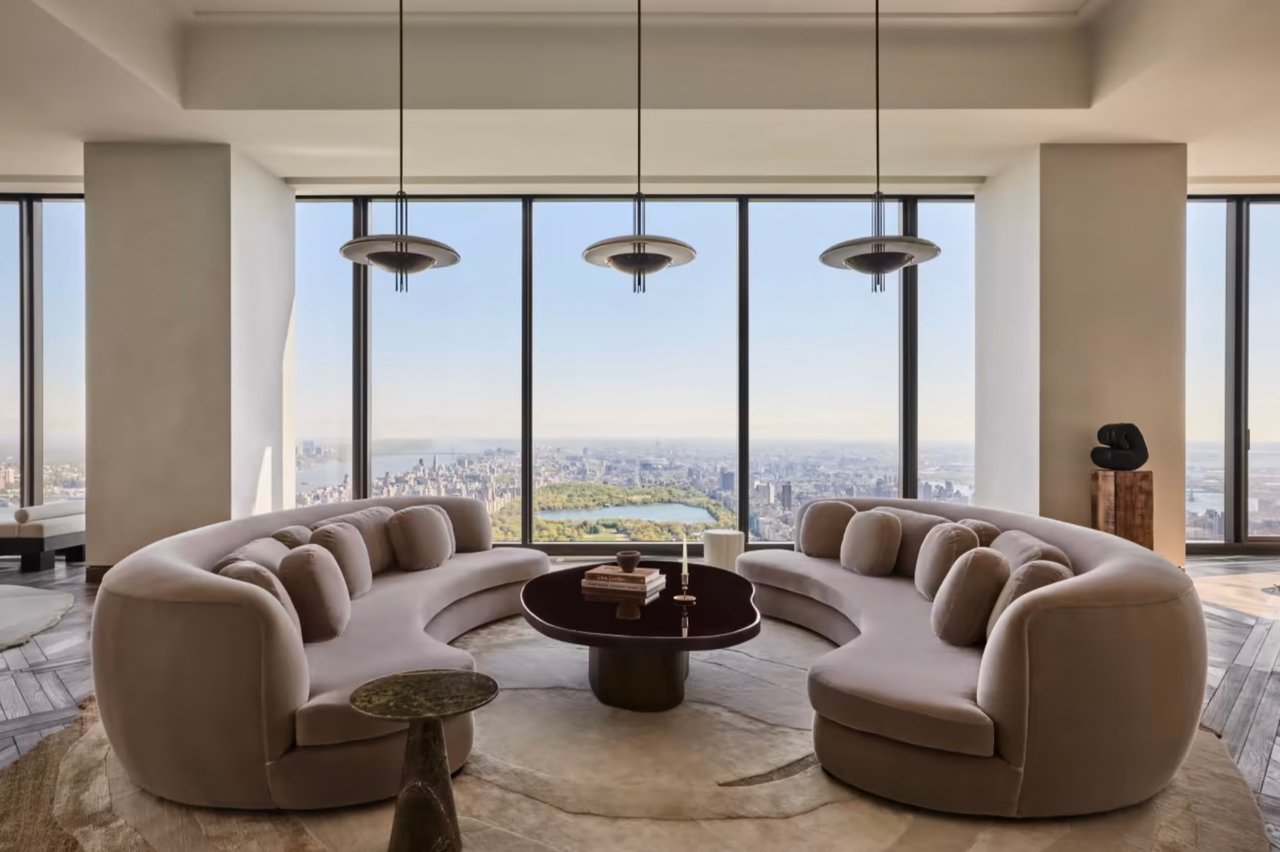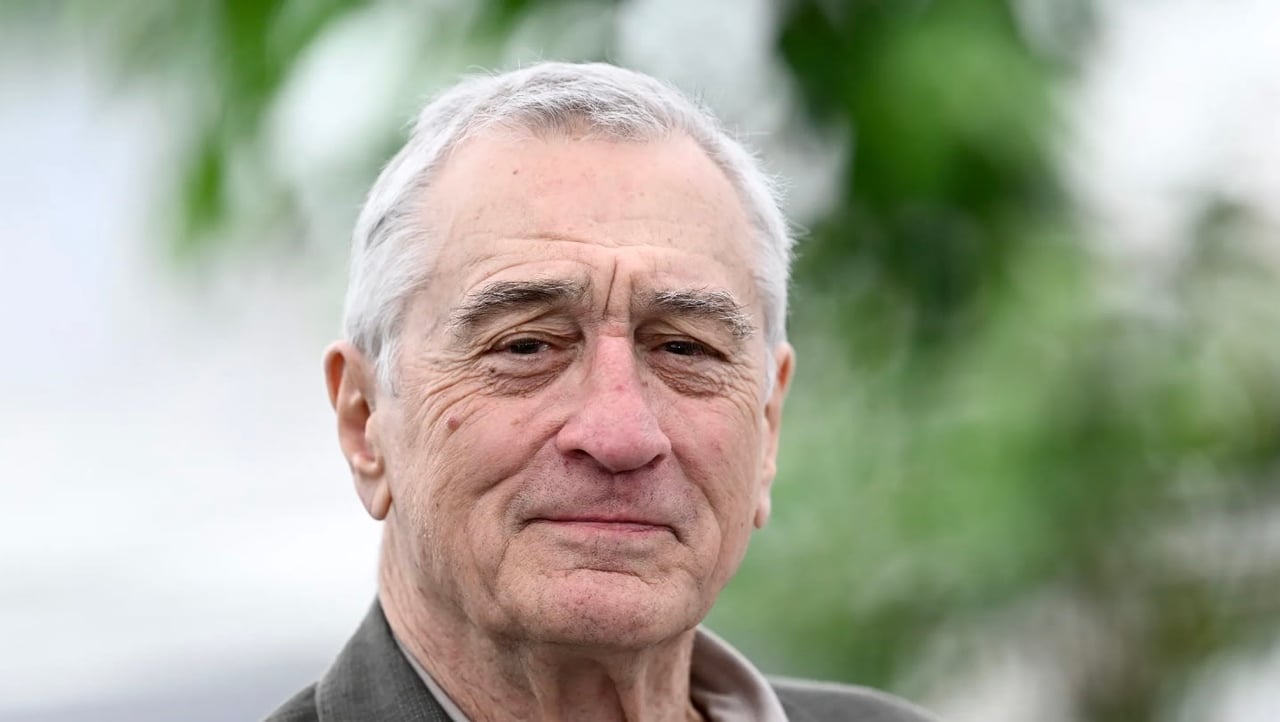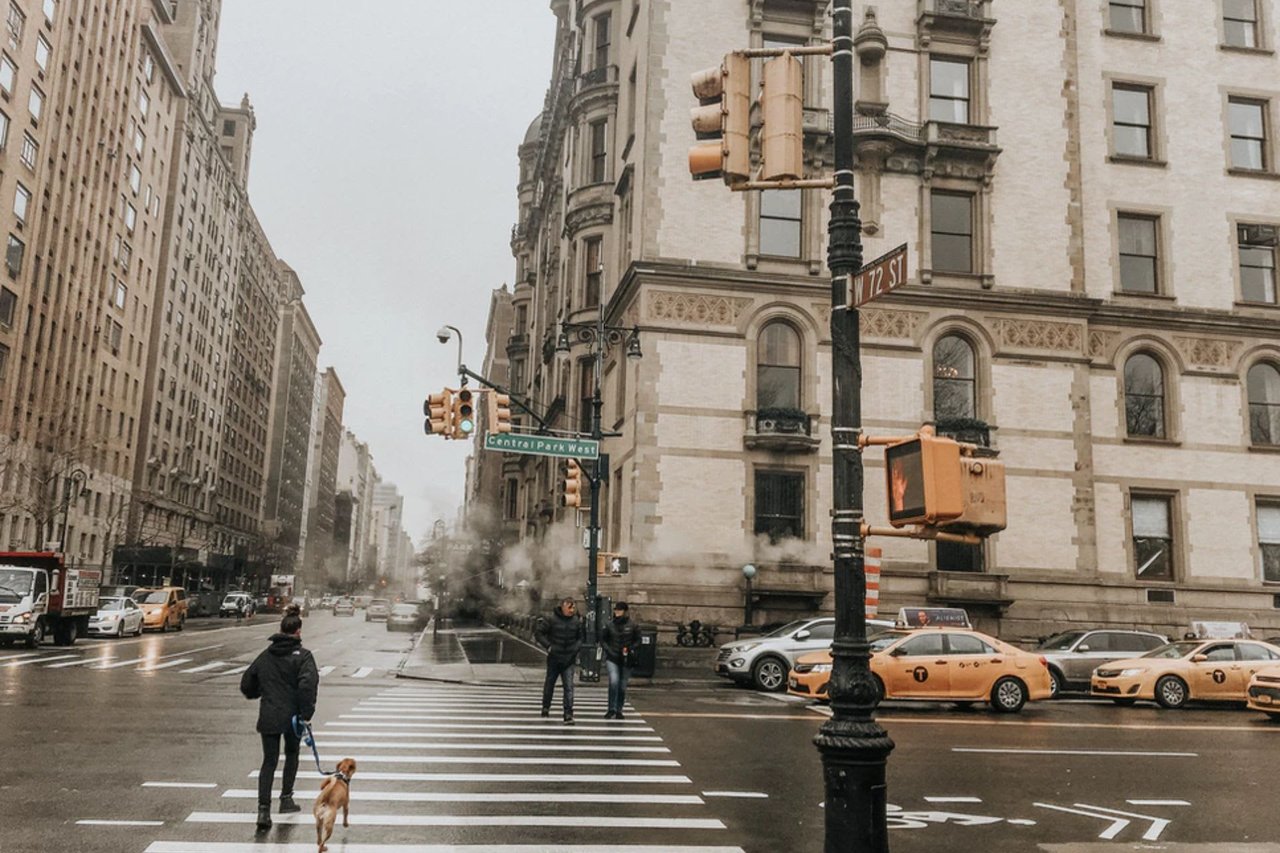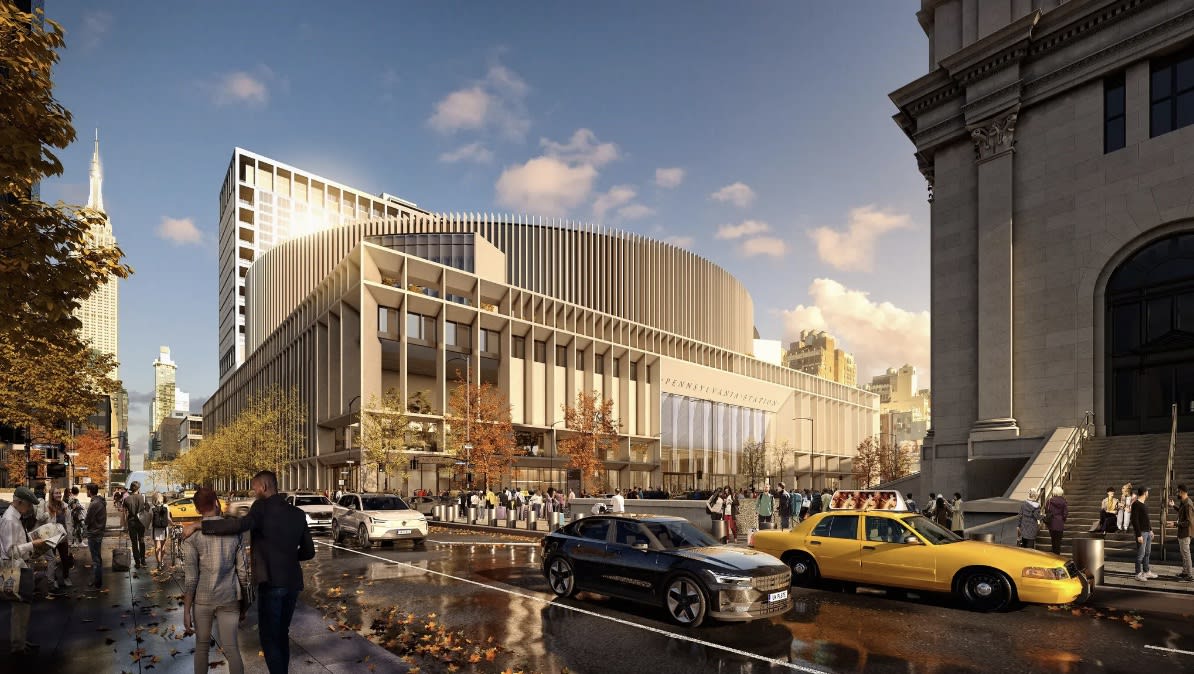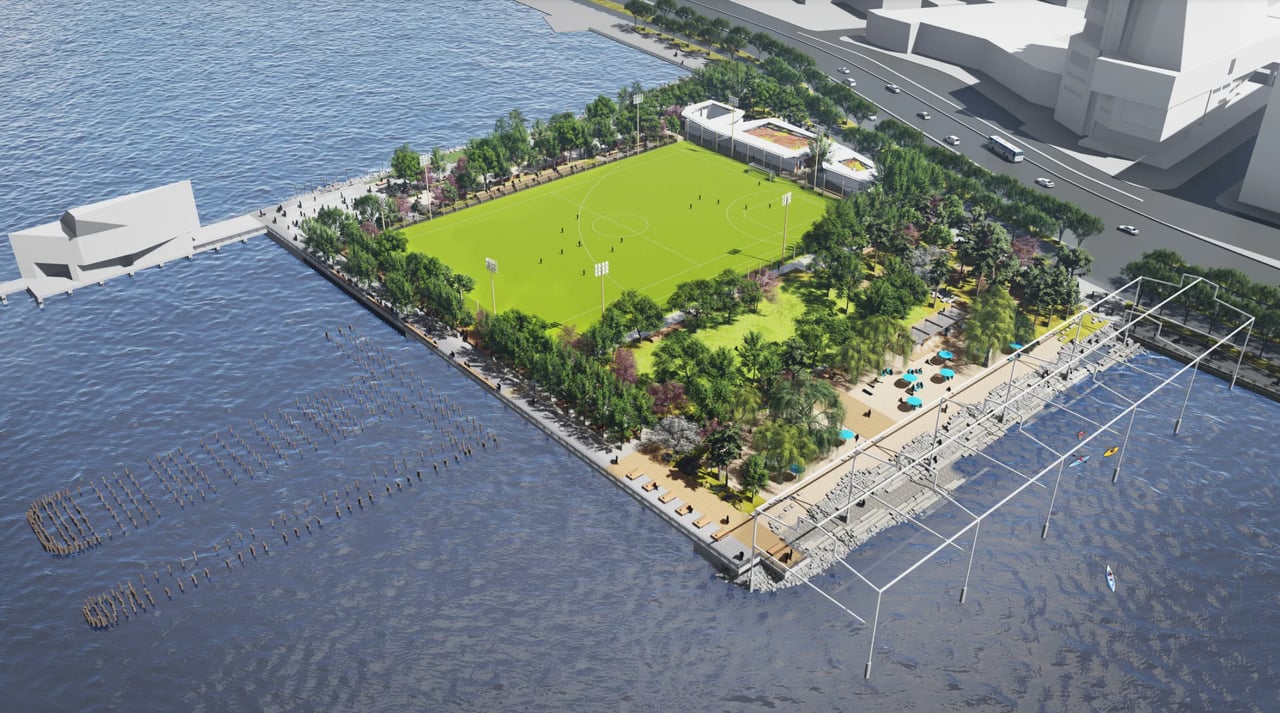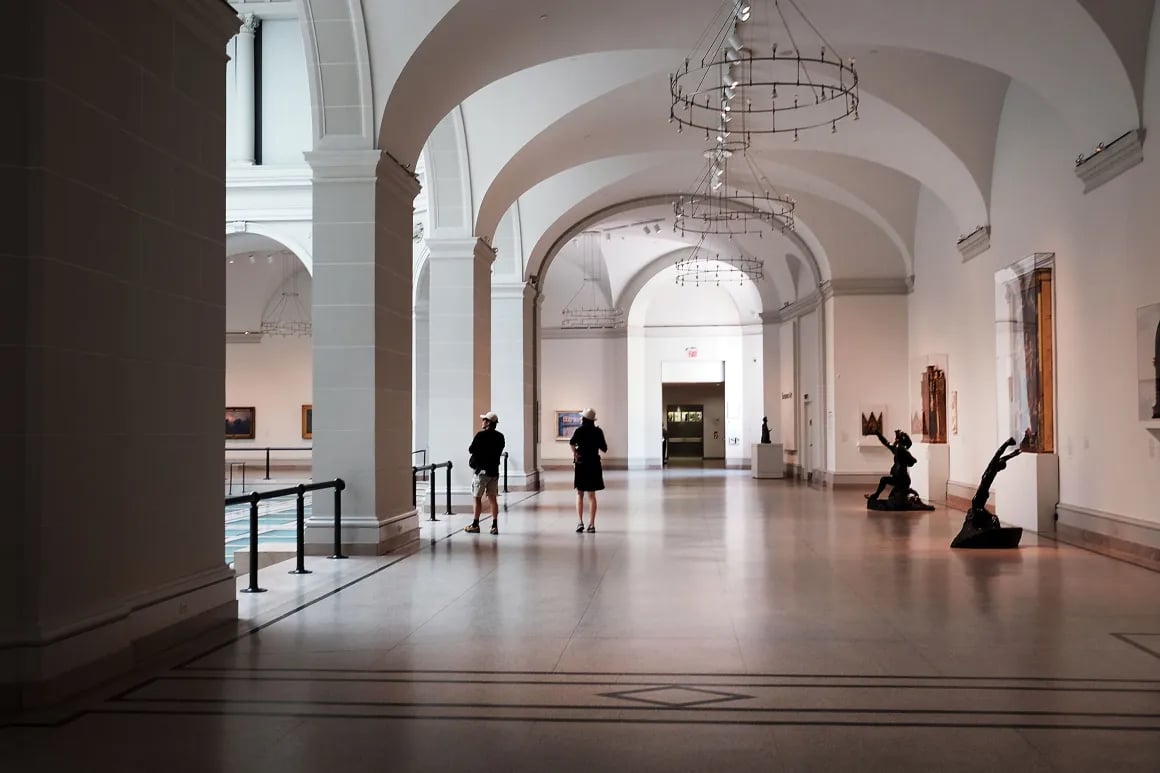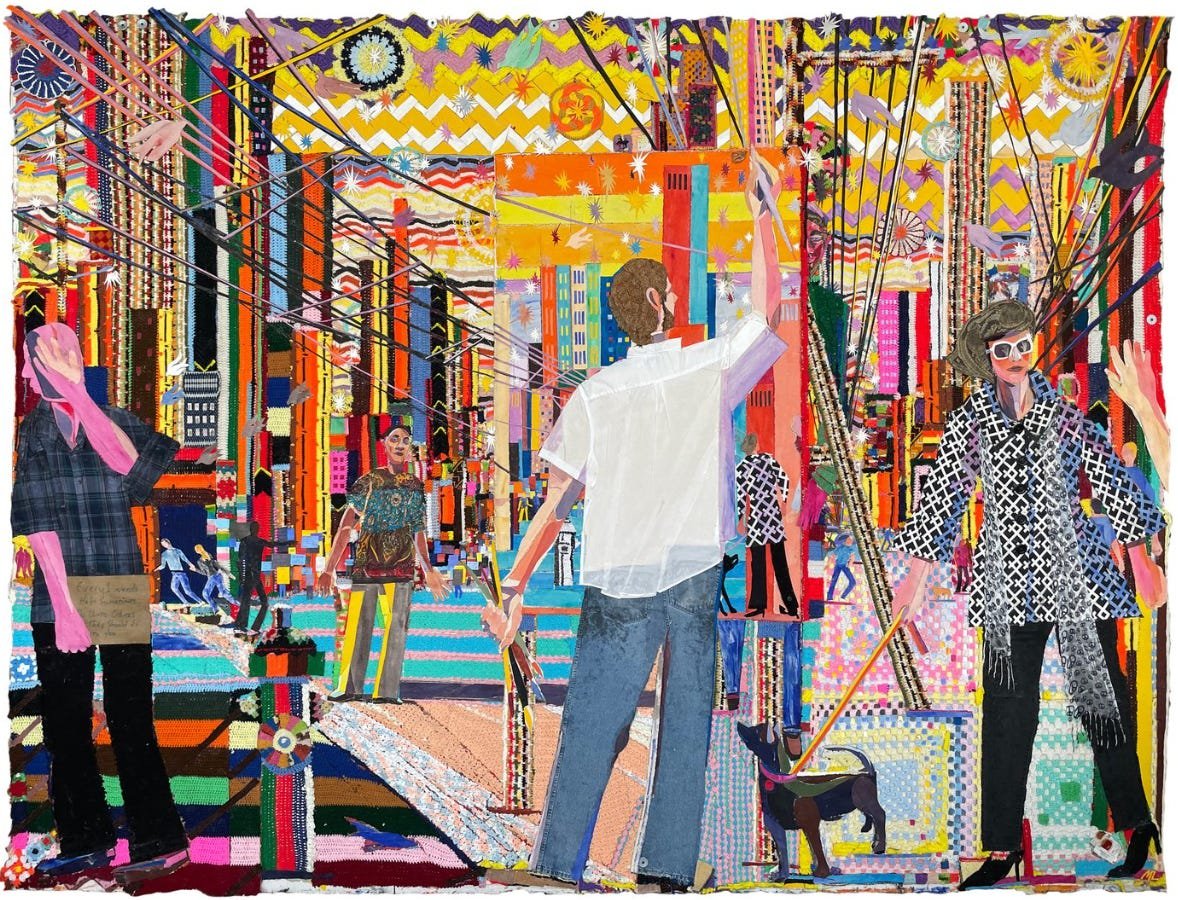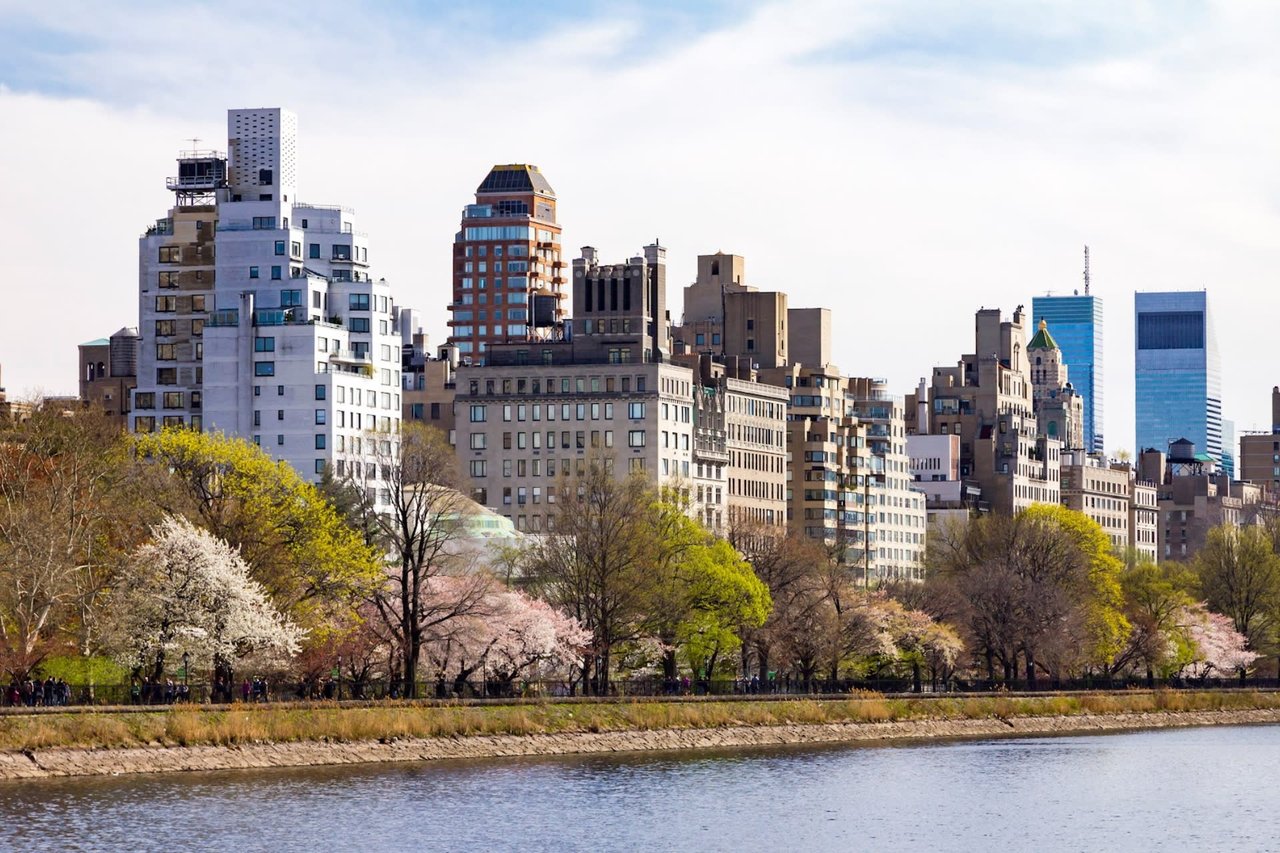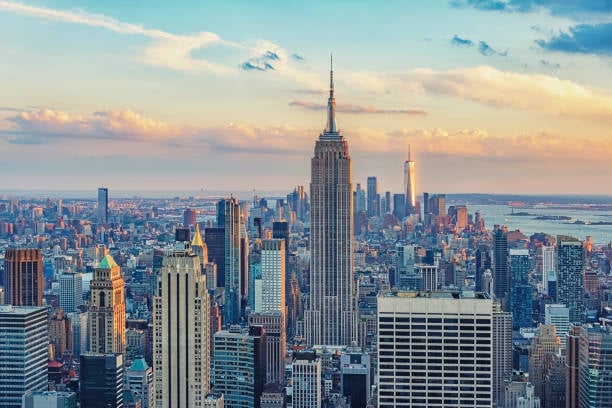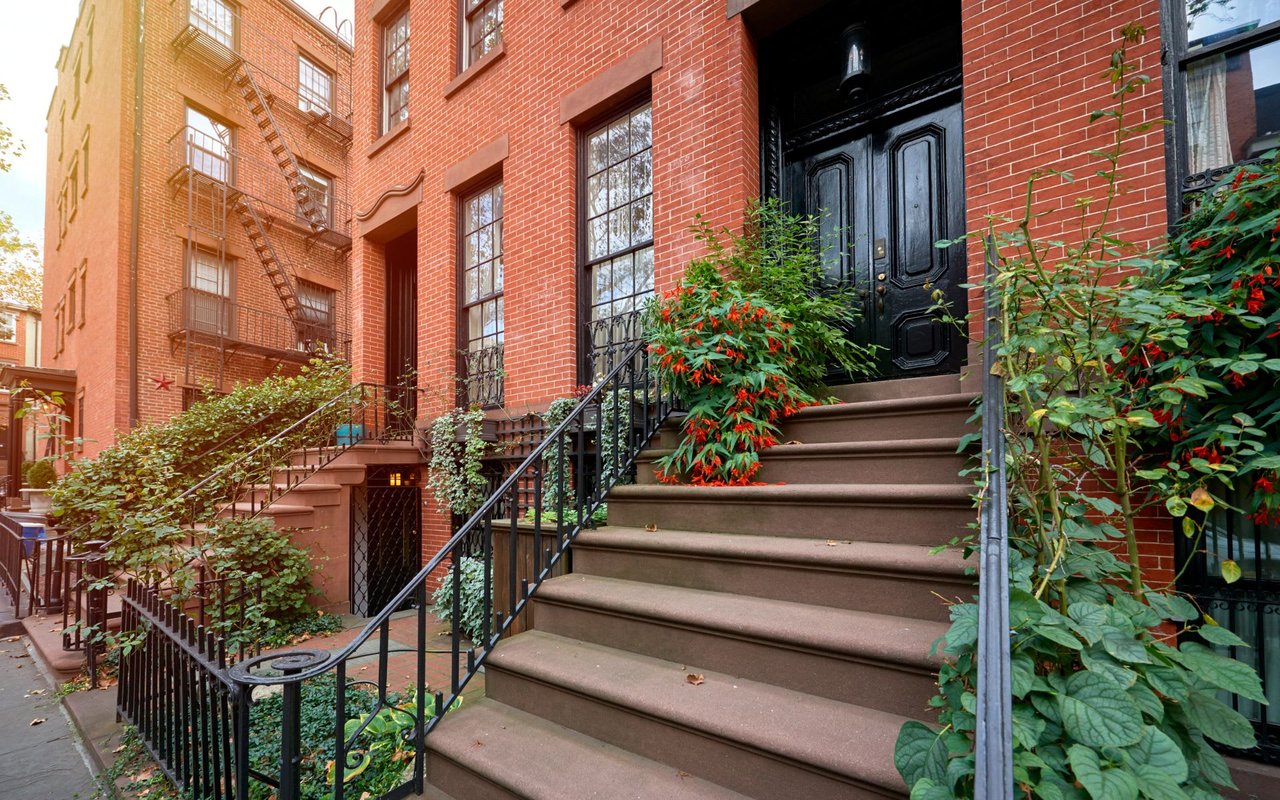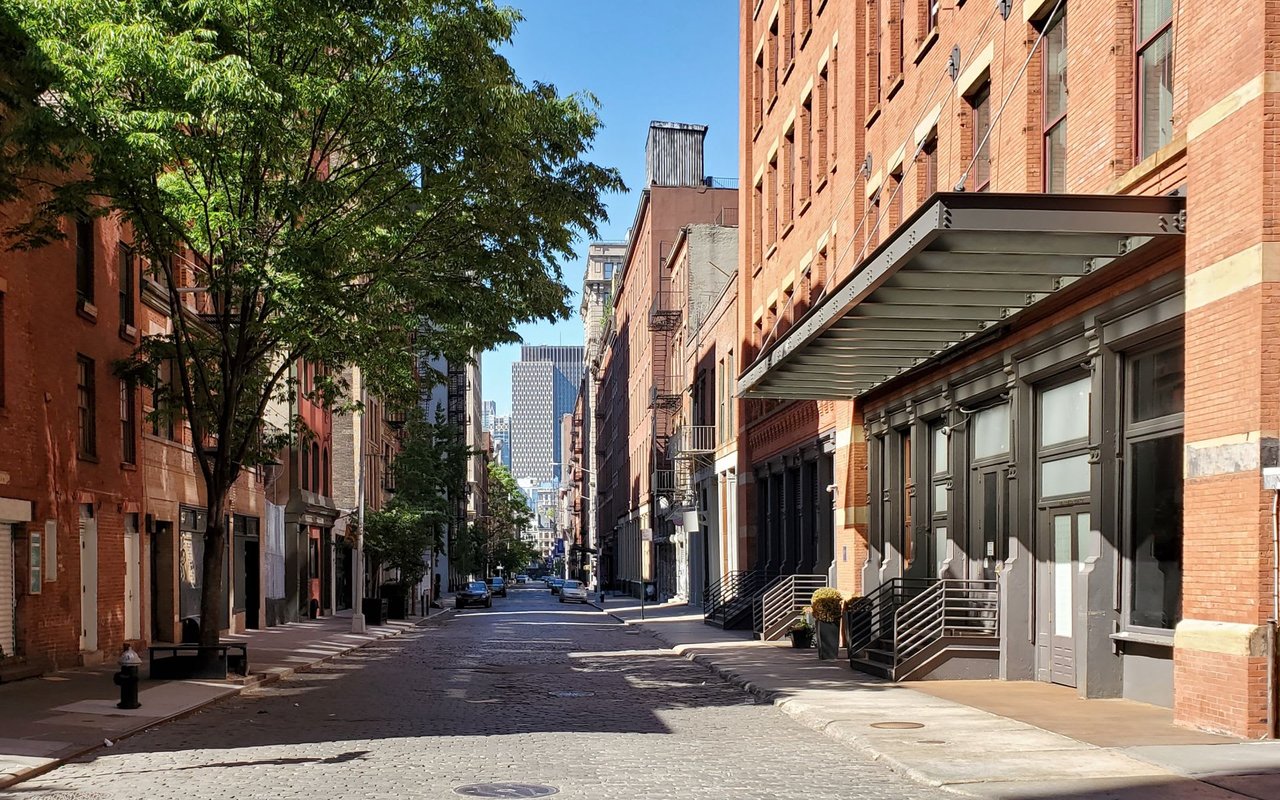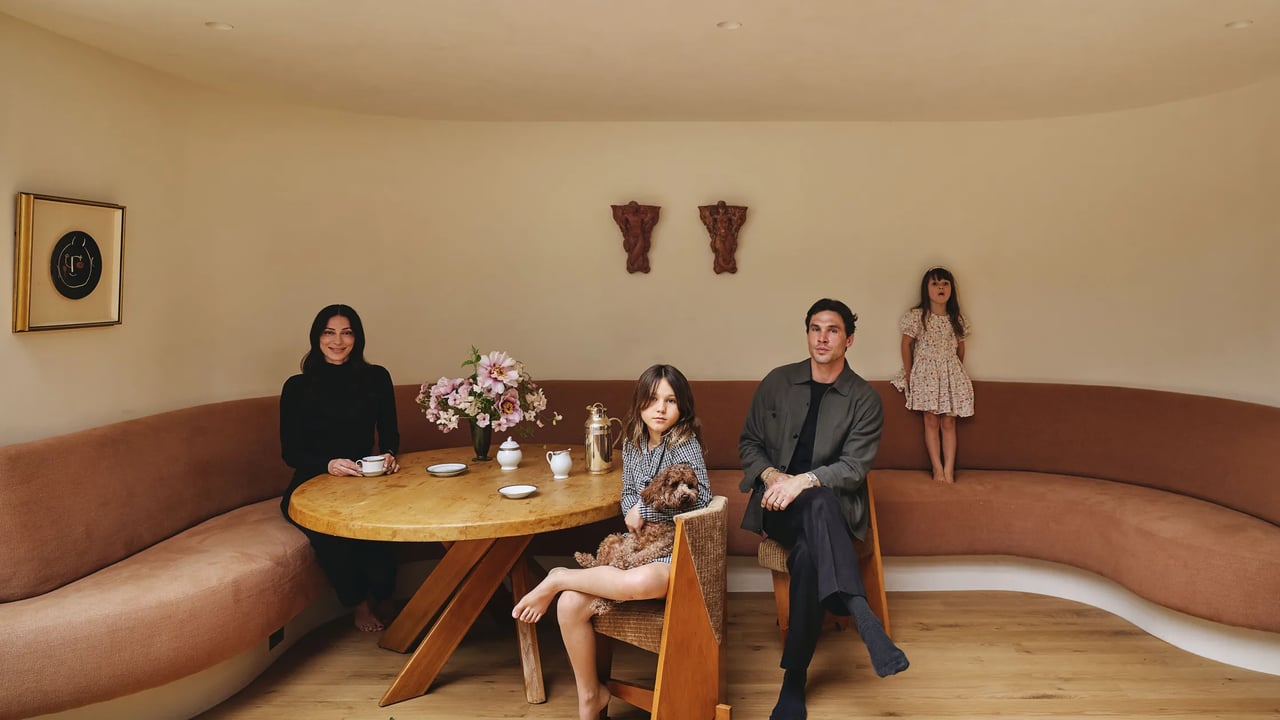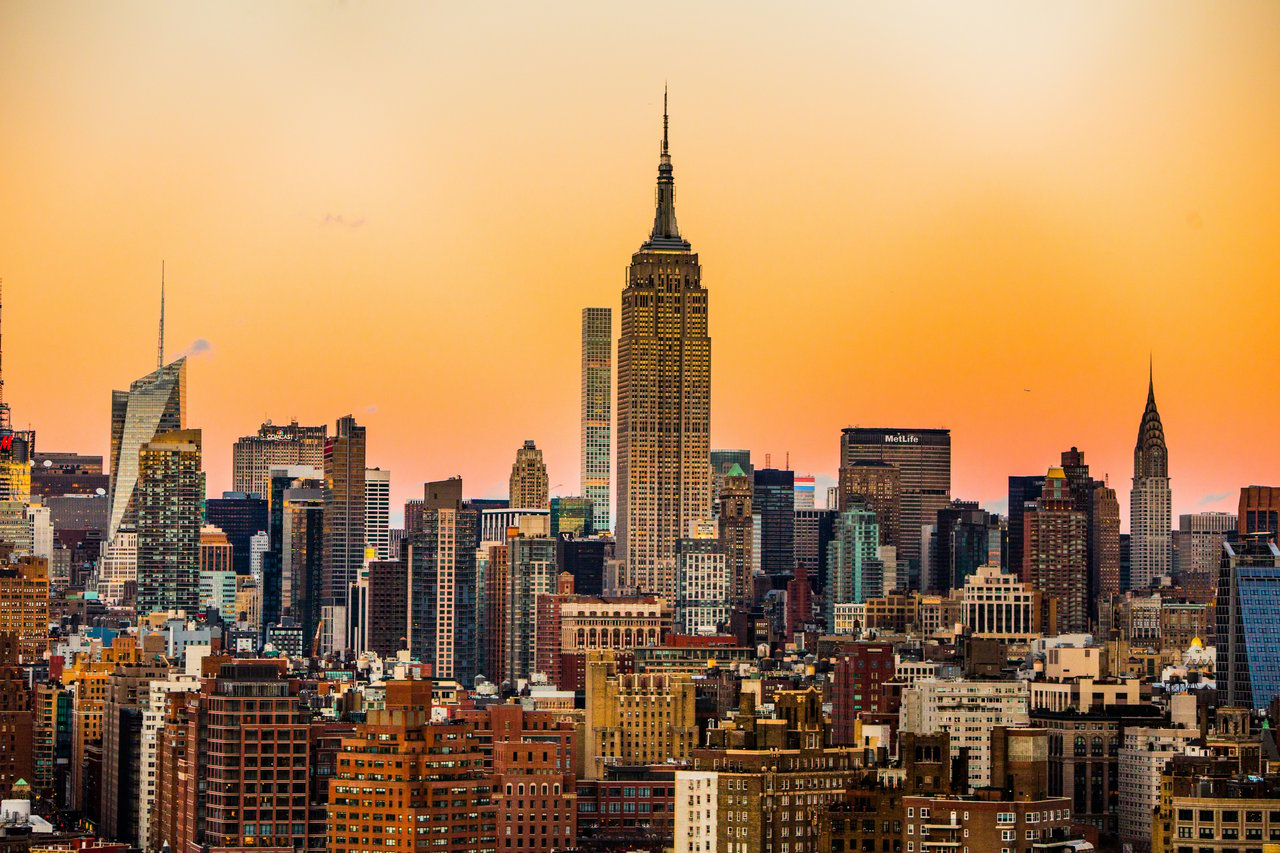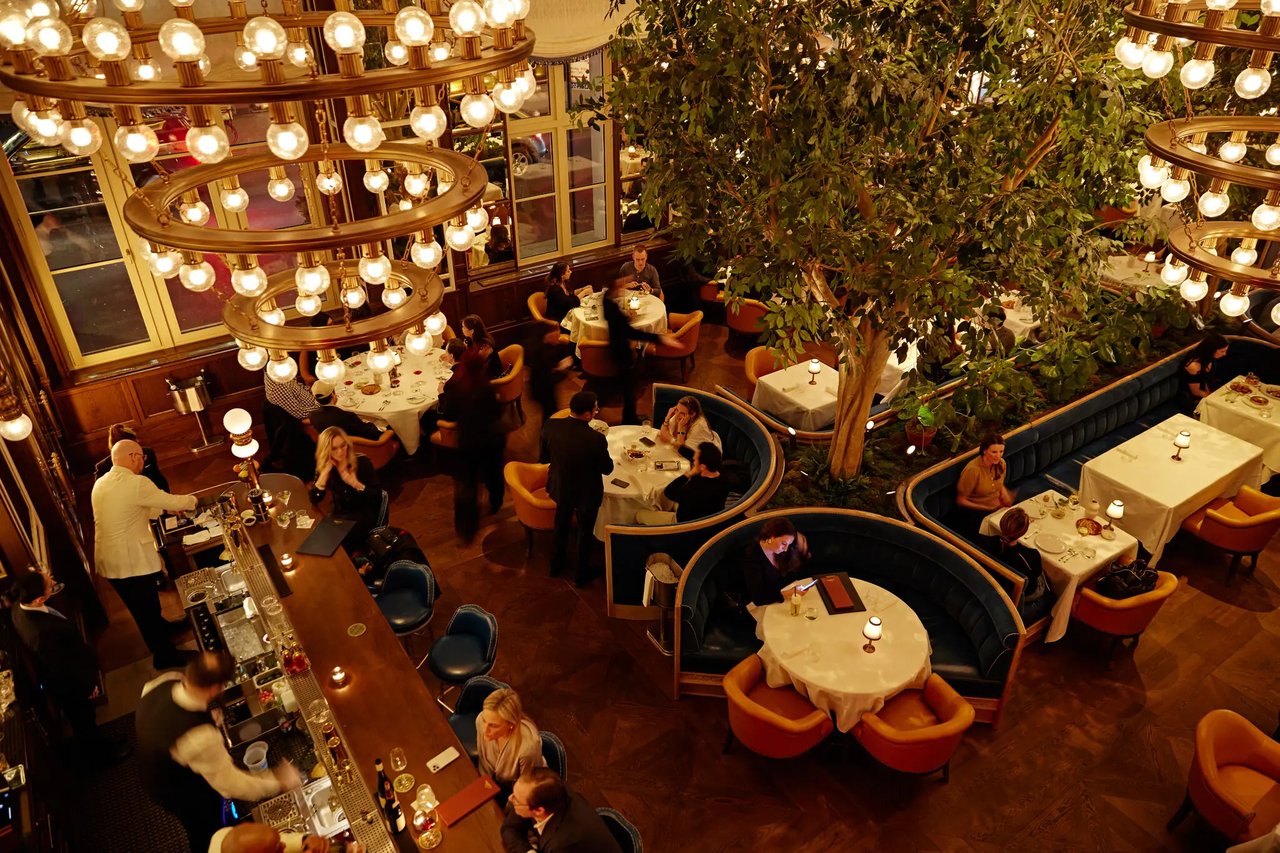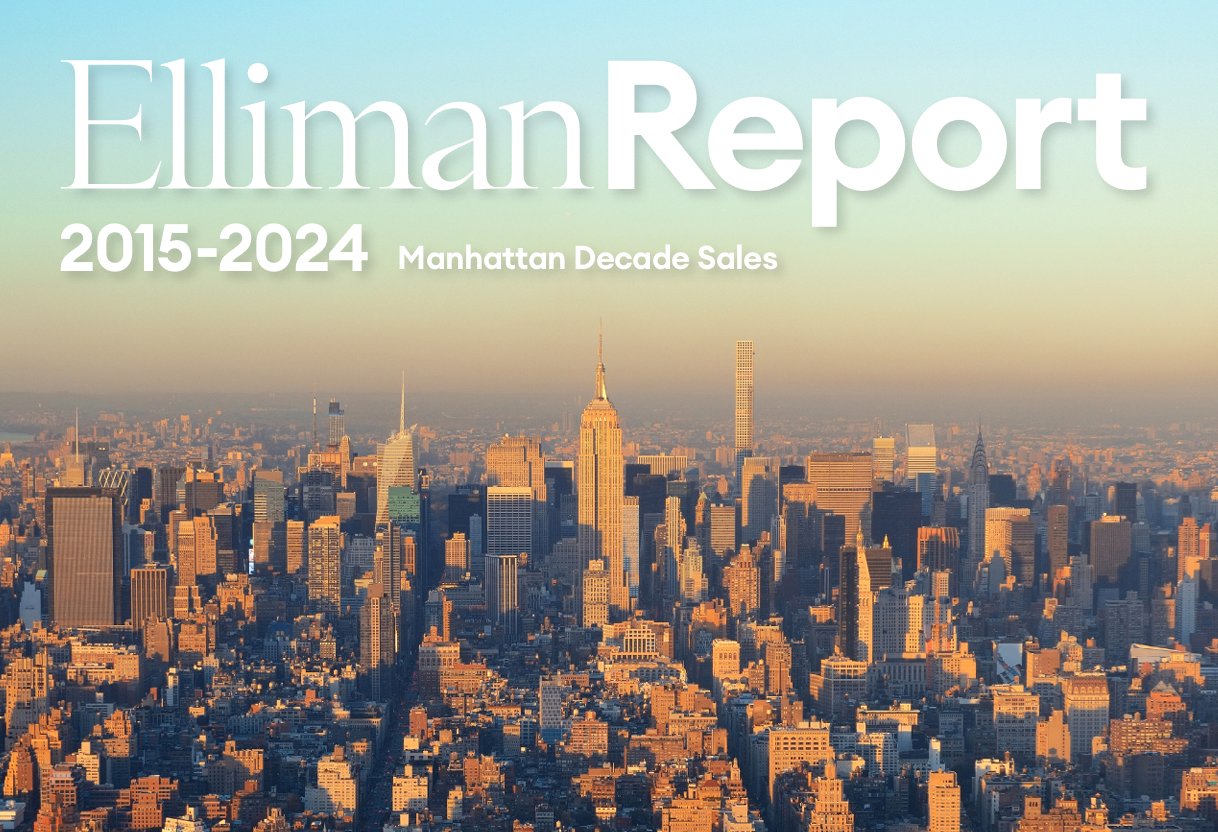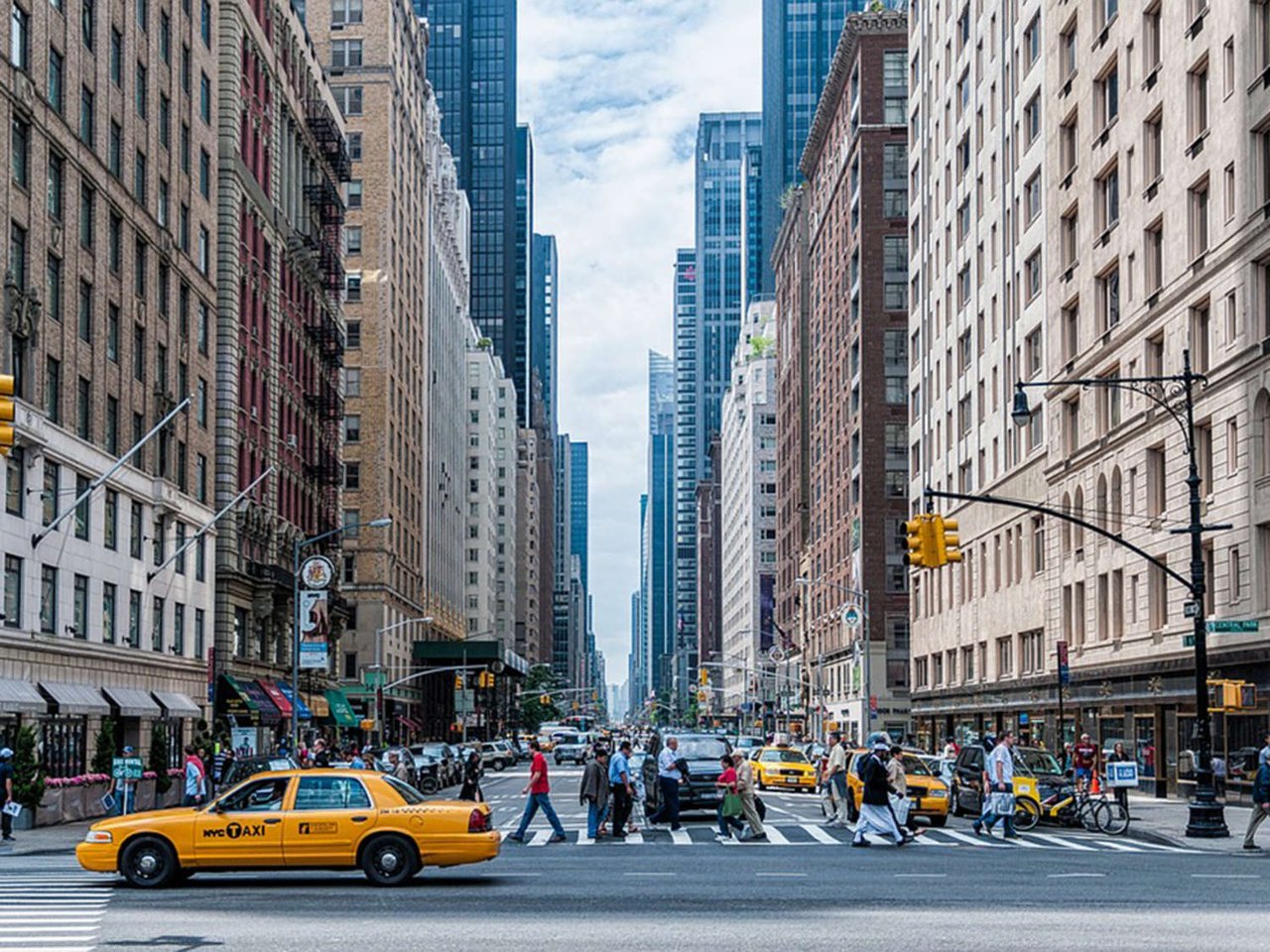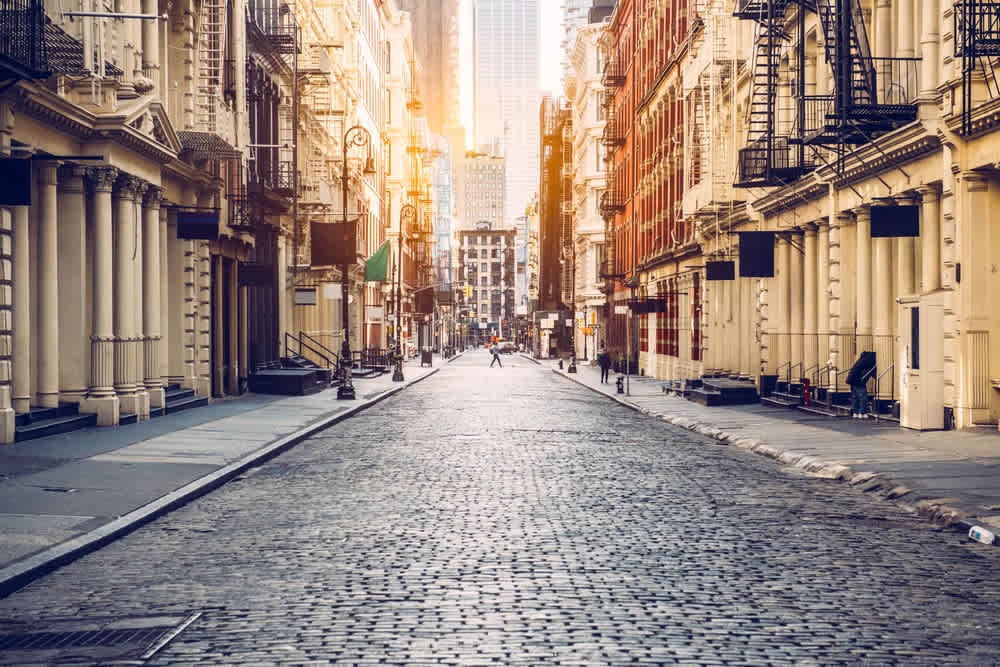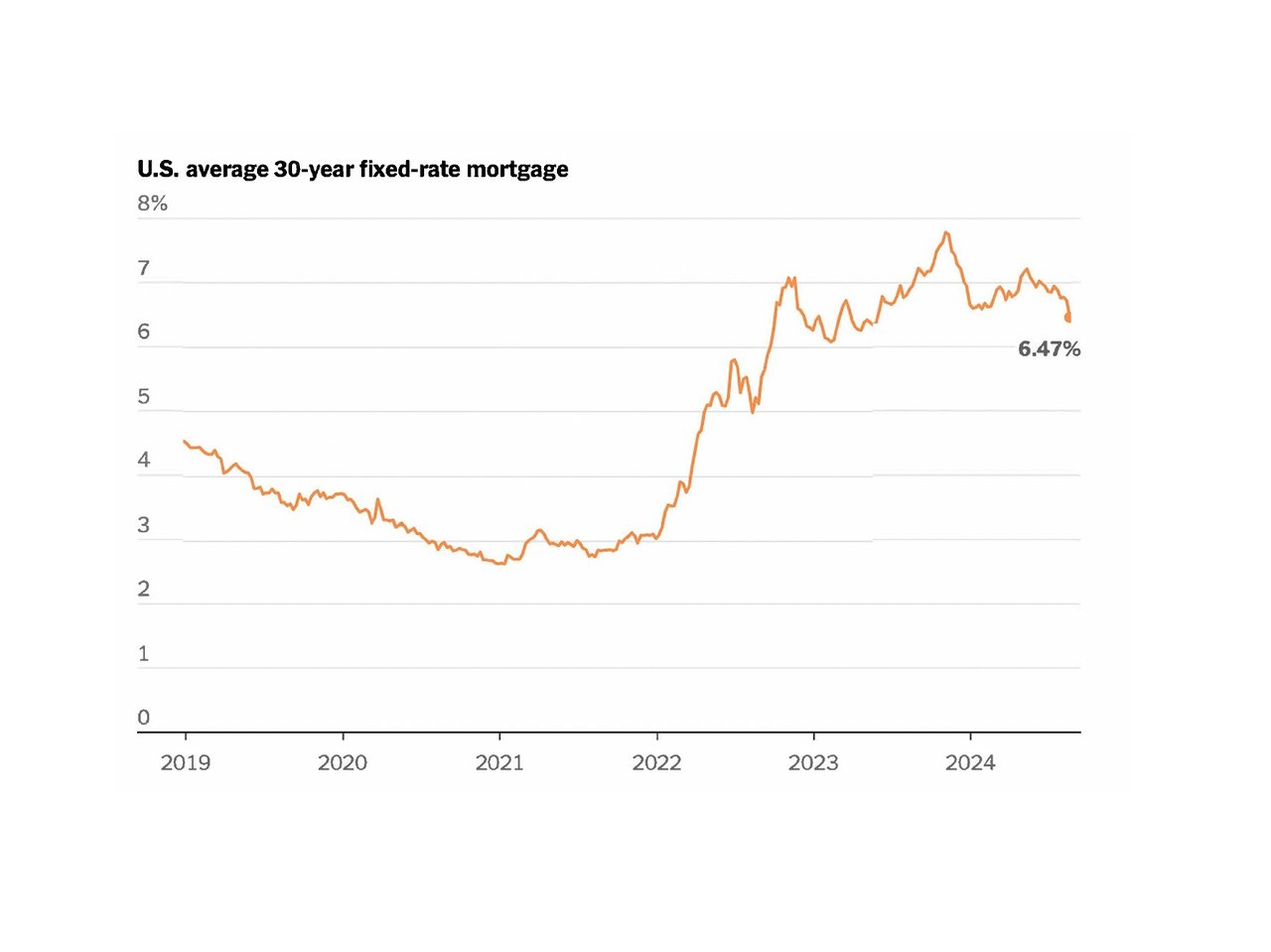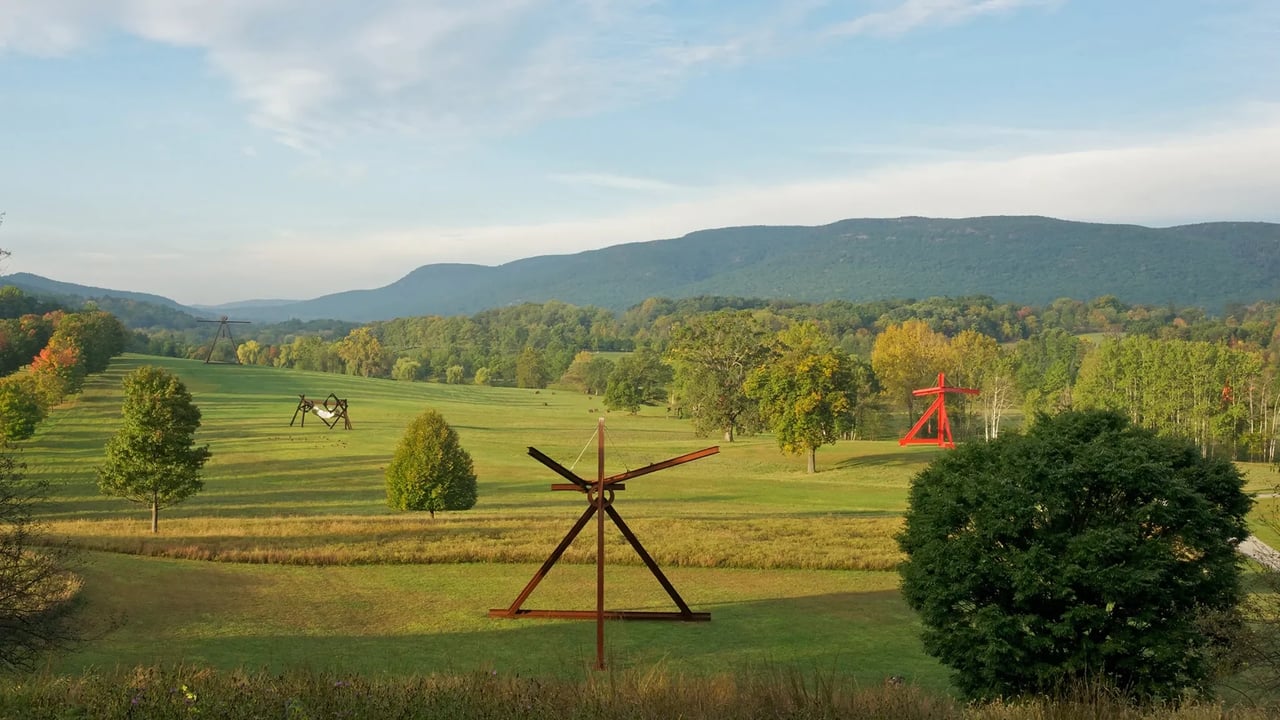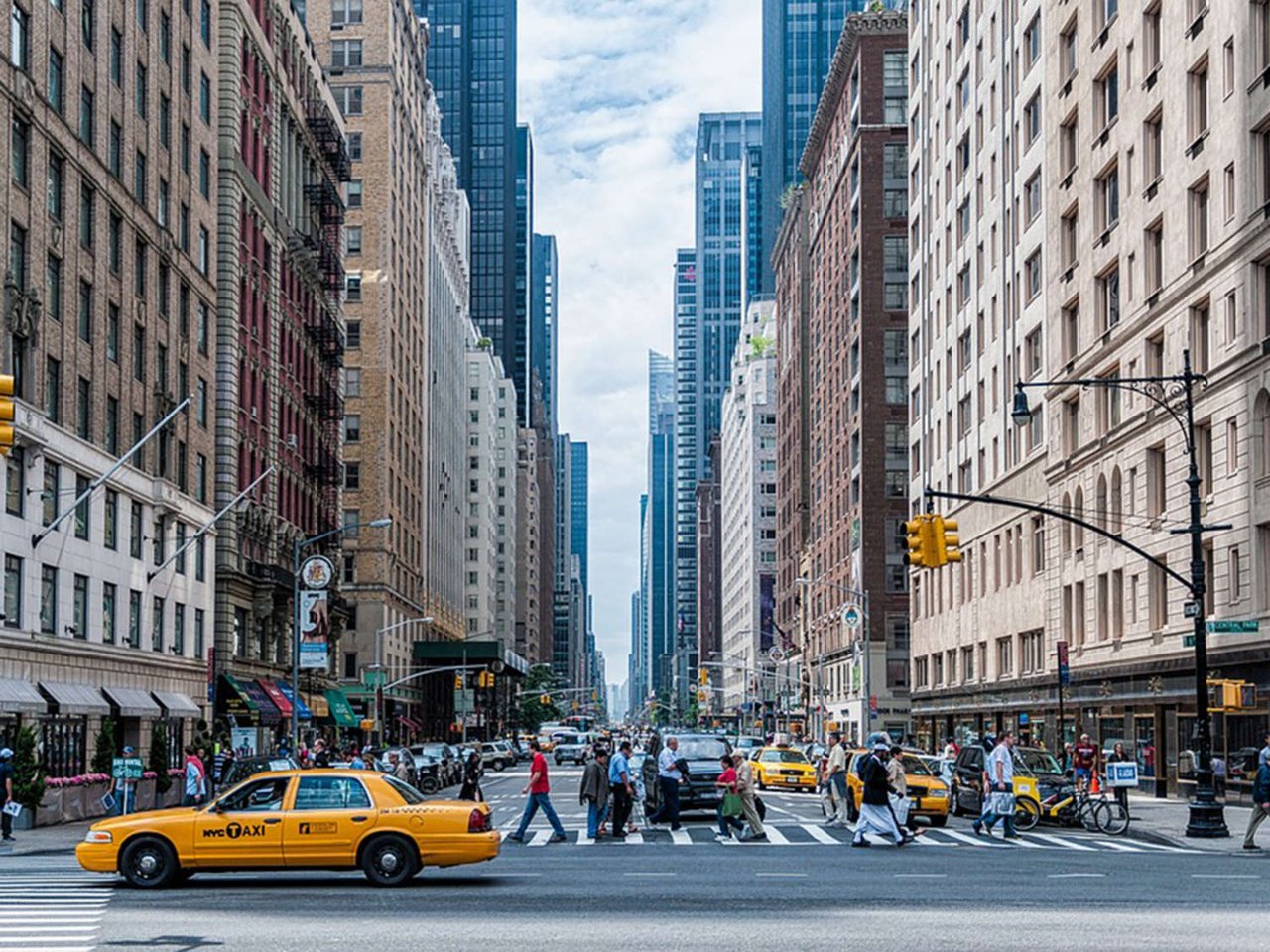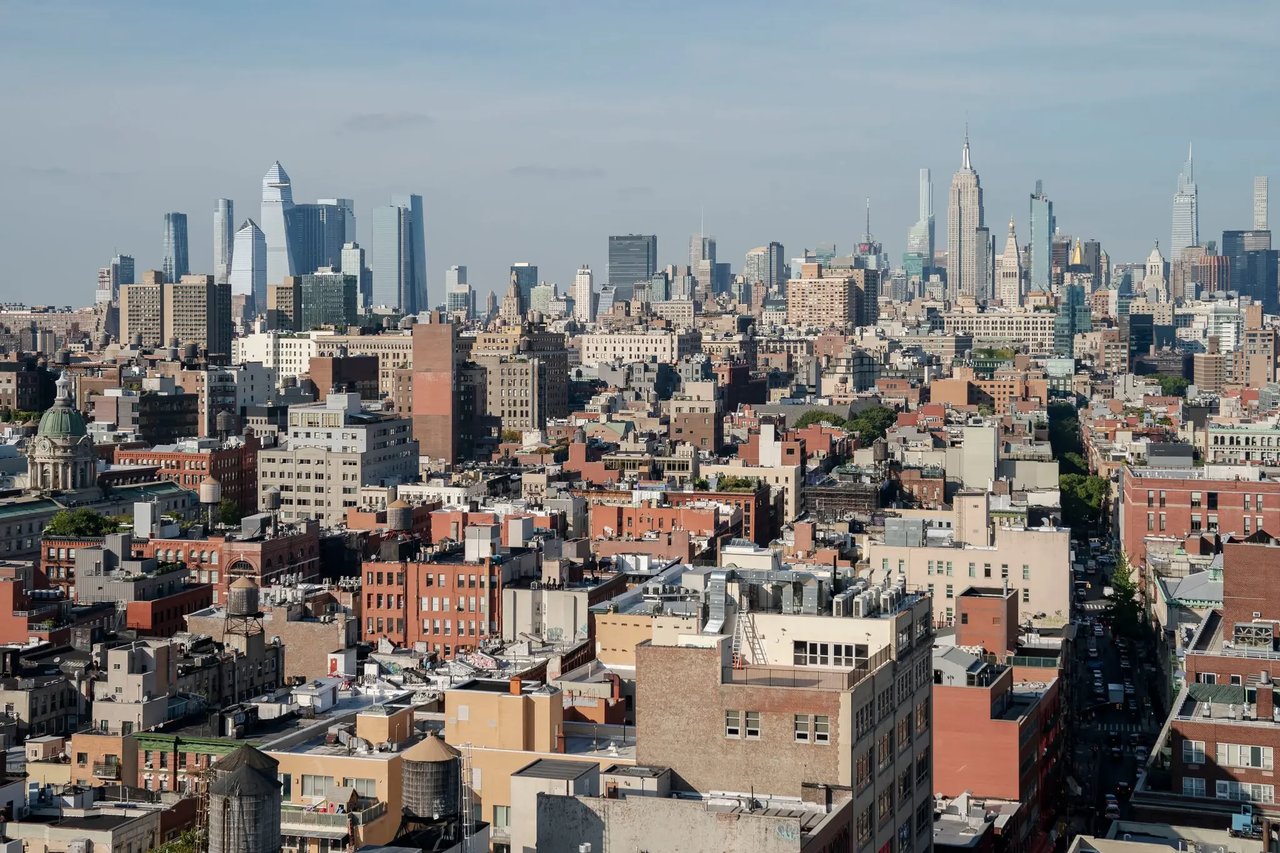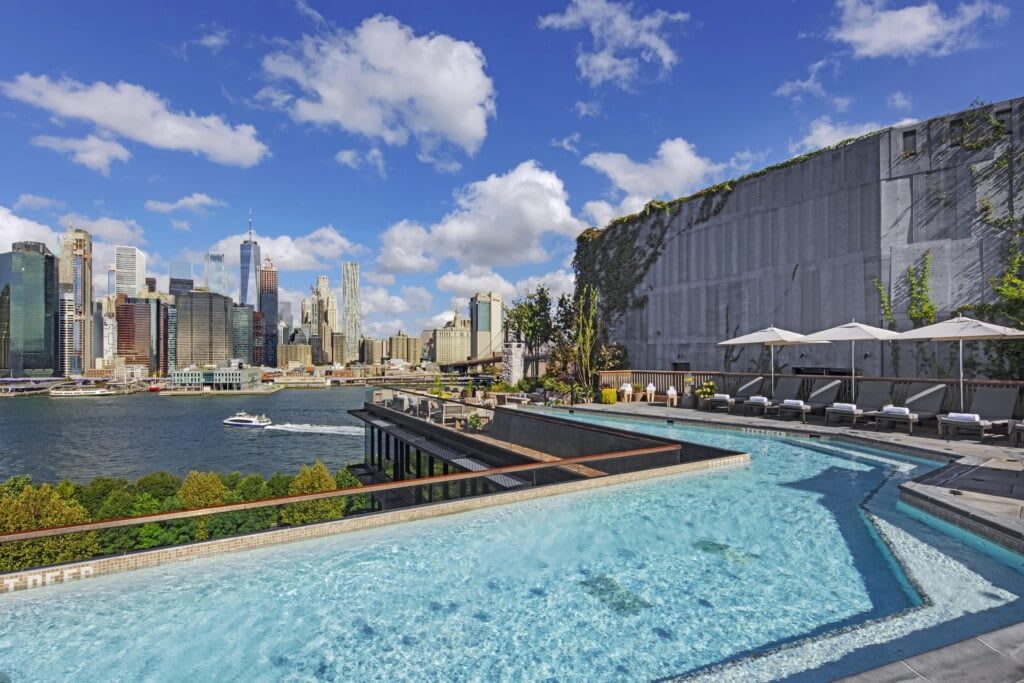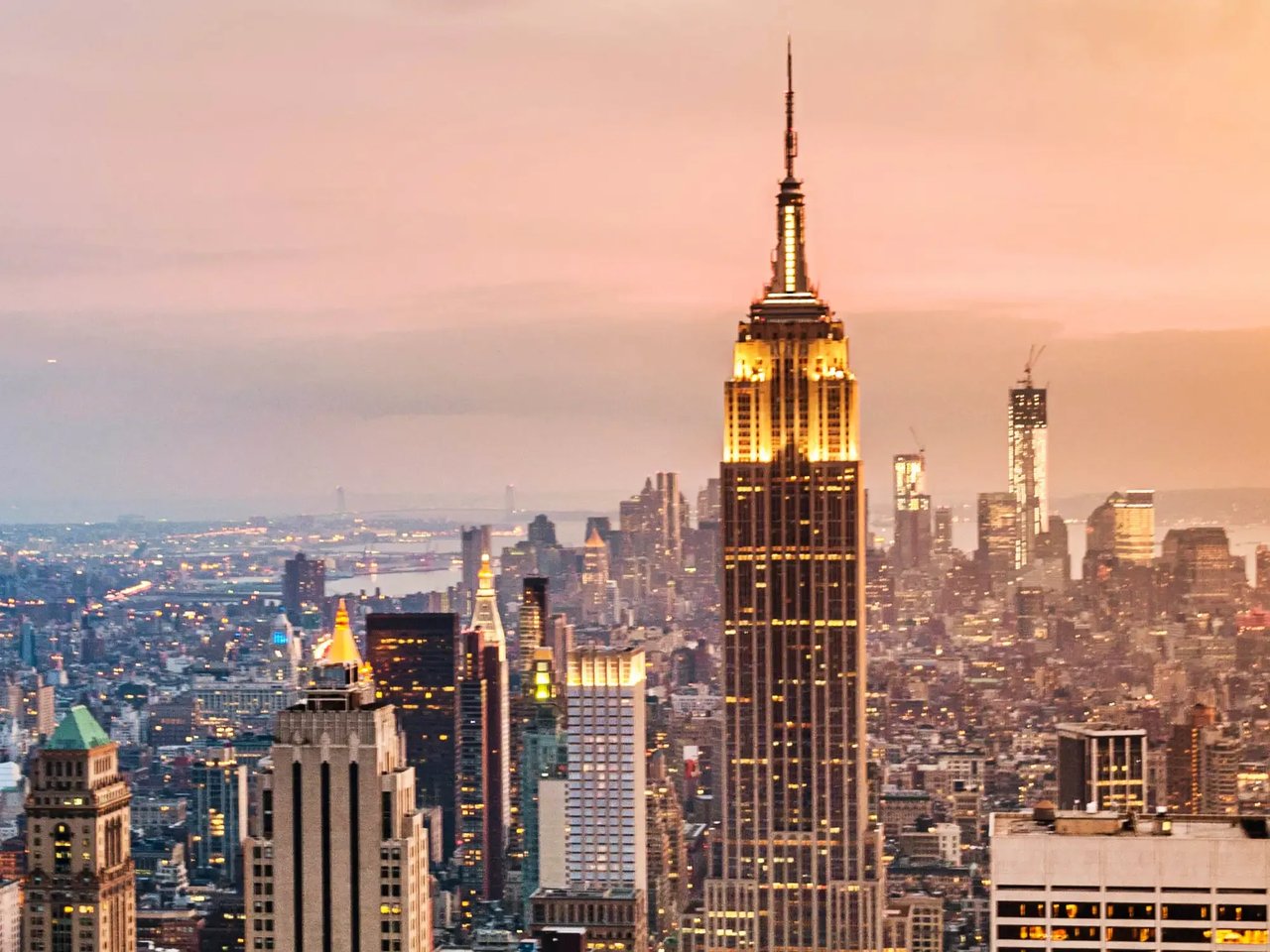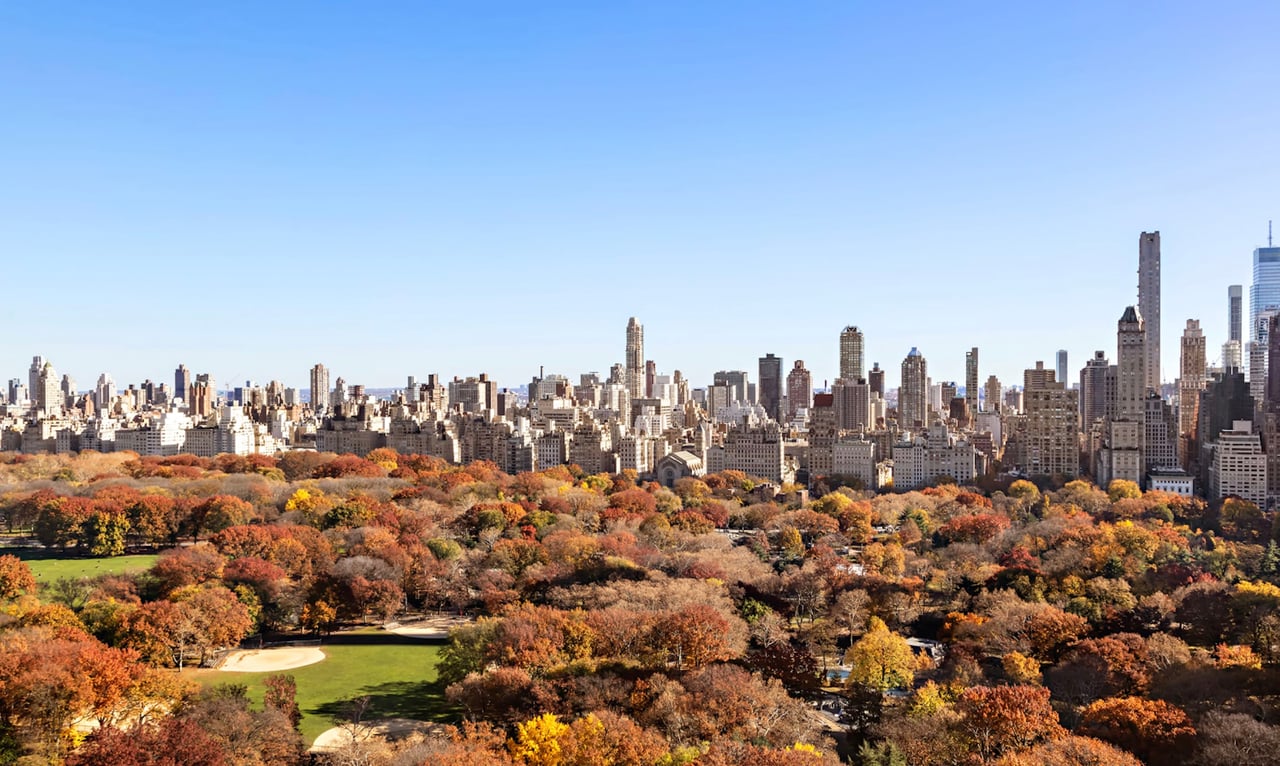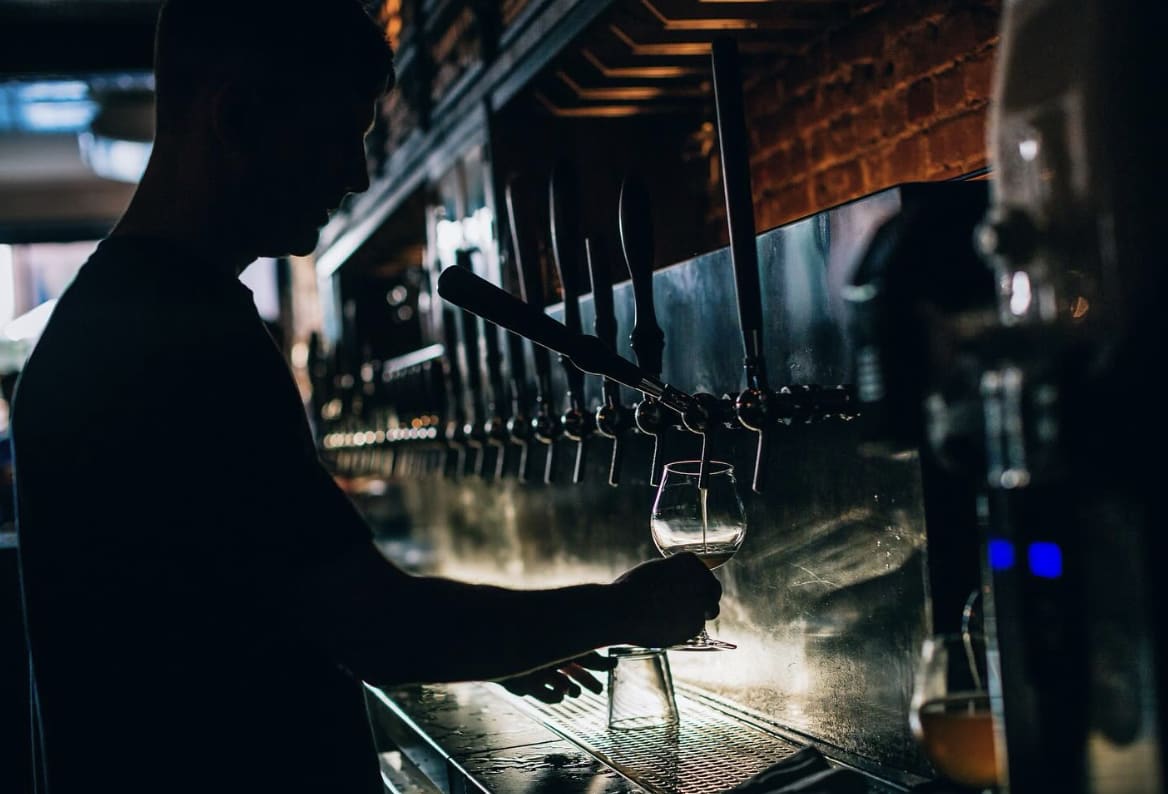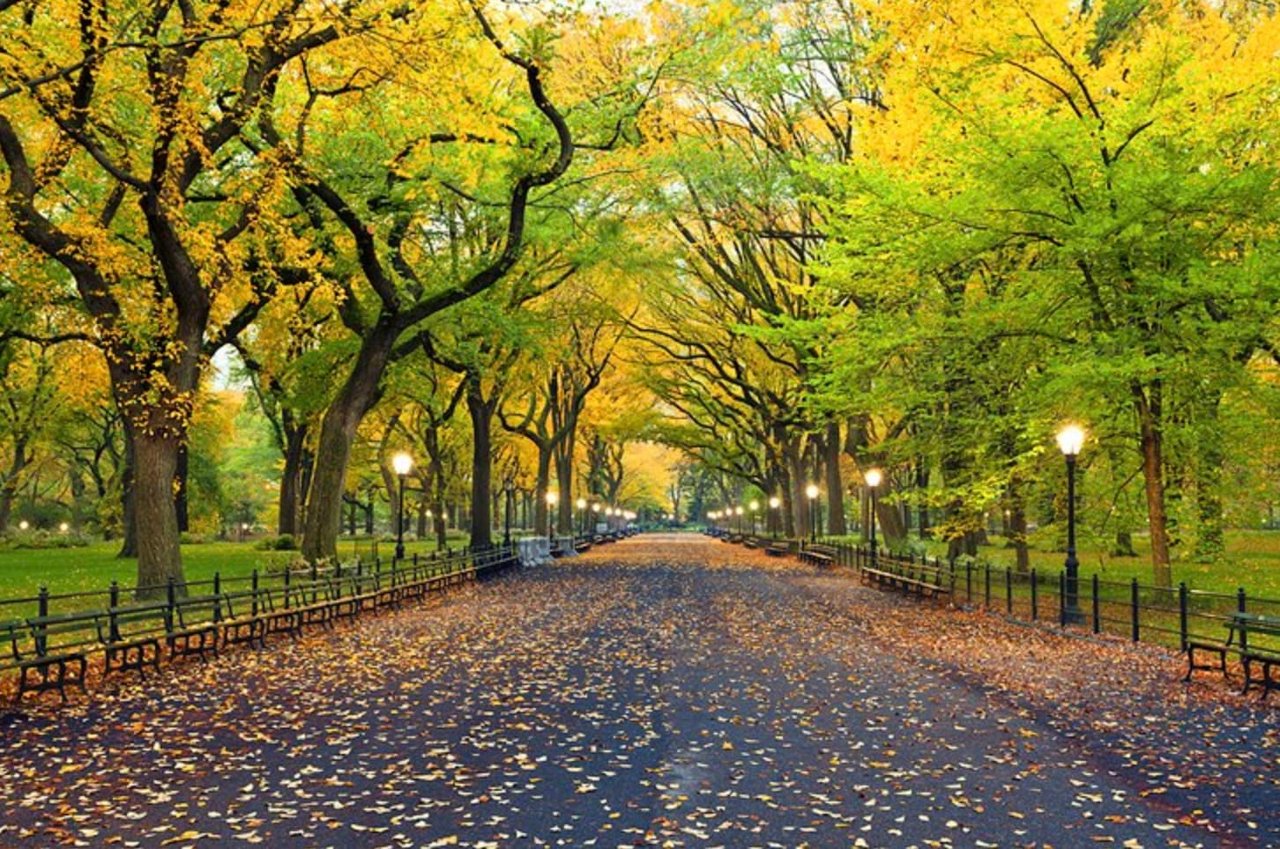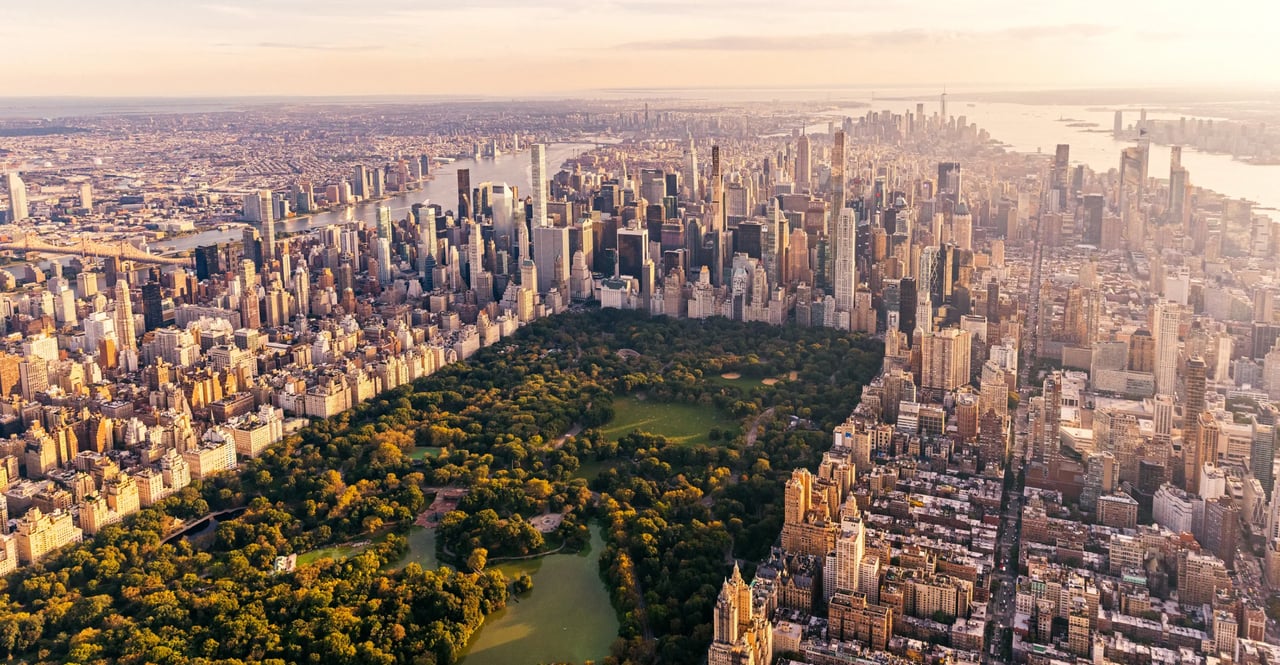New York City is full of secrets. Or rather, lesser-known yet nonetheless fascinating stories and facts that have long existed in the shadow of more publicized events and places. And while these tidbits might be more obscure, they contribute to the energy, vibrancy, and culture that makes NYC the iconic place that it is. This year marks 400th birthday of the Big Apple, making it an ideal time to dig into and celebrate all of the city’s exciting history. Below, covers nine of New York City’s most thrilling secrets, including how it earned its “Big Apple” nickname, record-setting real estate transactions, and even covert train stations. How many of them did you already know?
The Waldorf Astoria Hotel has a secret train platform
Deep underneath the Waldorf Astoria, one of New York City’s most monumental Art Deco buildings, exists a secret train station. Named Track 61, the stop was reportedly built for storage of unused train cars. However, it has allegedly also been used to swiftly transport presidents and other high-ranking officials in and out of the city.
Times Square is named after The New York Times
In 1904, the area between West 42nd street and West 47th street was called Longacre Square. However, when The New York Times moved its offices to the midtown spot, the then mayor renamed it Times Square. Today, the newspaper gets made in a 52-story glass skyscraper designed by Renzo Piano, located just south of its eponymous square.
New York City became the first capital of the United States in 1789
Before Washington D.C. became synonymous with American democracy and government, New York City held the title as the country’s first capital. Indeed, George Washington was sworn in as the first president on the balcony of New York City’s Federal Hall. The metropolis held the title for just under two years before the capital moved to Philadelphia, then D.C.
The “Big Apple” nickname originated from horse races
As the New York Public Library explains, in the 19th century a “big apple” referred to “something regarded as the most significant of its kind; an object of desire and ambition.” In the early 1920s, reporter John J. Fitz Gerald described the New York City horse racing circuit as “the Big Apple” of the industry in the New York Morning Telegraph. “The Big Apple, the dream of every lad that ever threw a leg over a thoroughbred and the goal of all horsemen. There’s only one Big Apple. That’s New York,” he wrote.
The Empire State Building has its own zip code
One of the most iconic buildings within the New York skyline, the Empire State Building used to be the tallest in the world. While it no longer holds that record, it’s still monumental and spans 2.8 million square feet of rental space. For this reason, it has its own zip code: 10118.
Oysters were integral in early infrastructure
Would you believe that oysters were a vital construction material used when building Trinity Church in lower Manhattan? Though pizza, bagels, hot dogs, and pretzels are now staples of NYC cuisine, oysters used to hold the same pedigree. In fact, the Lower Hudson Estuary used to contain 350 square miles of oyster beds until pollution and over-harvesting killed the industry. Before New Yorkers knew to throw the shells back into the beds, they’d dispose of them through burning, use them to pave roads, and even ground shells into mortar paste to aid in construction of buildings such as Trinity Church.
The smallest piece of private property is NYC is 0.0000797113 acres
For many, the dream of owning real estate in NYC may never materialize thanks to the city’s competitive market and pricey offerings. If it does, some will fight tooth and nail to keep it. In 1910, the estate of David Hess, a Philadelphia-born entrepreneur, held on like no other to its (literal) slice of property.
When the local government decided to widen streets in Greenwich Village to construct new subway lines, it bought a number of properties in the area through eminent domain laws. A five-story apartment building called the Voorhis, owned by the estate, was one affected property. Though Hess’s heirs fought the legislation, they were ultimately forced to sell. However, after the property was razed, the family was left with approximately 500 square inch slab of private land. Reportedly, the city requested they donate it for the public sidewalk, but the heirs refused out of spite. 1922, the estate had the small triangle covered in mosaics displaying “Property of the Hess Estate Which Has Never Been Dedicated For Public Purposes.”
A private island in the East River was purchased for $10 in 1975
Another piece of New York real estate history, South Brother Island in the East River was purchased of $10 in 1975—about $56 today. Hampton Scows, a Long Island–based sand and gravel company, was the buyer, though they never developed the land. In 2007, New York City bought the island for $2 million, scooping up the last privately owned isle in the East River. Here, former United States Representative José E. Serrano, whose district included the island, and Rose Harvey, a member of the Trust for Public Land, which helped broker the deal, pose in the front of the island.
Honking in the city is often illegal
Though it’s hard to believe considering how loud the streets of New York are, honking when there is no “imminent danger” is prohibited under the city’s noise code. This rule has technically been in effect for years, but enforcing it has never been particularly successful. As one New Yorker said, “It just feels like the soundtrack to the city.”
